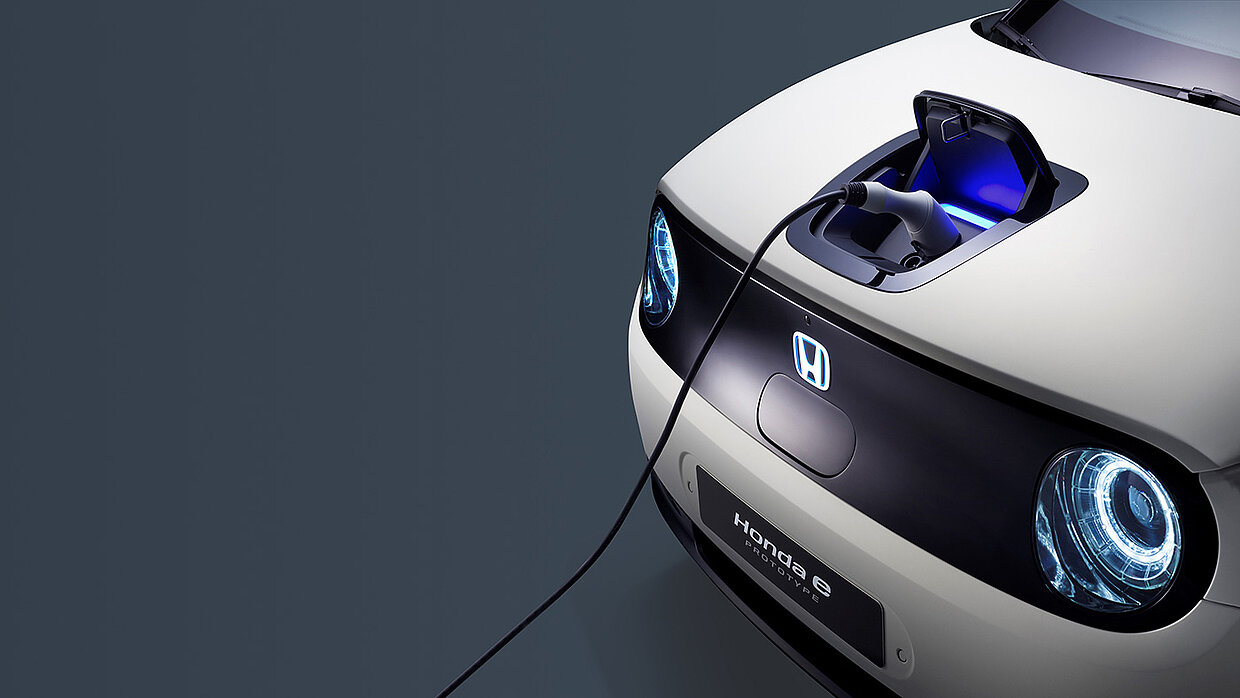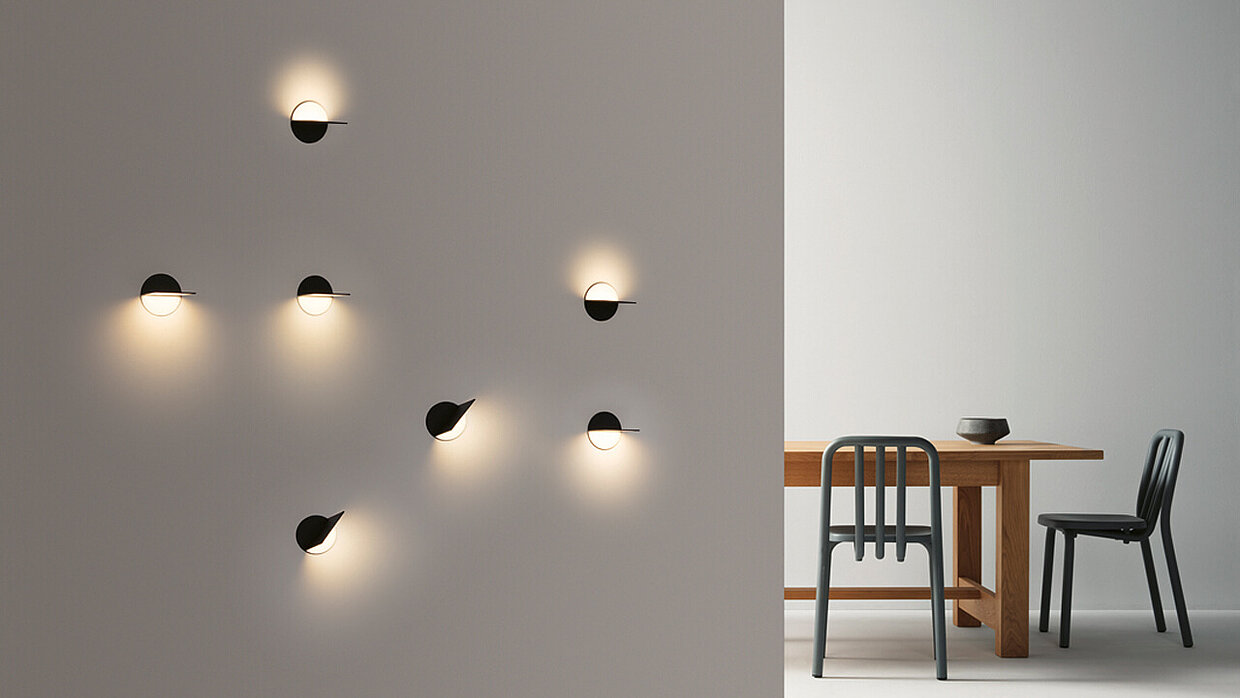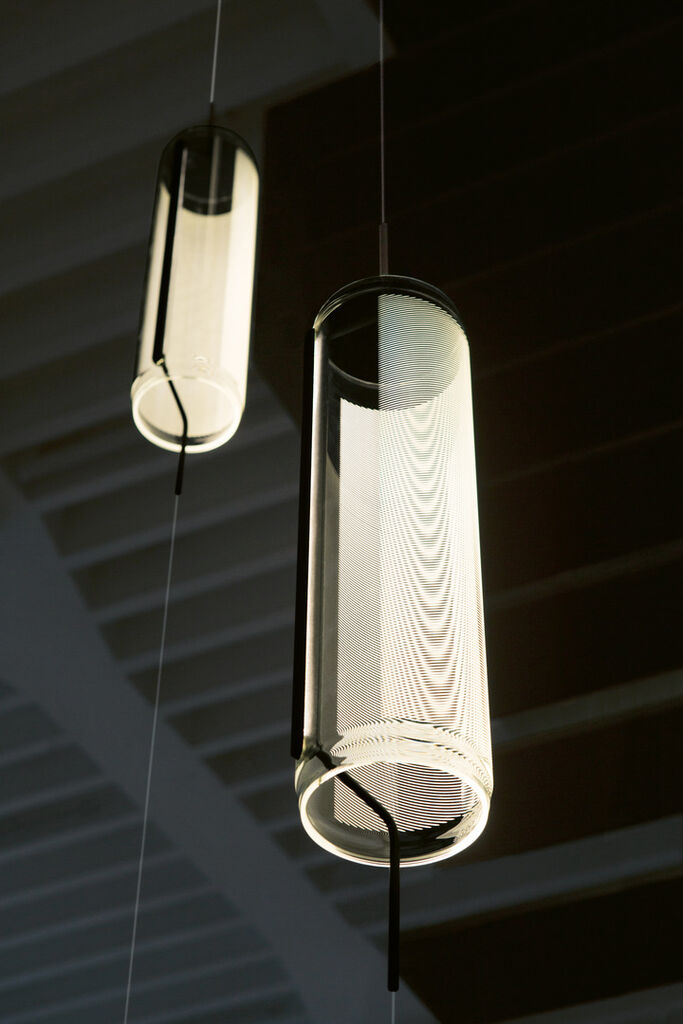
The technical development from the light bulb to the halogen lamp to the LED has visibly influenced the design of modern lamps. They no longer have anything in common with the candlesticks, chandeliers or paraffin lamps of the past.
Quite the opposite. The miniaturisation of the light source has led to new minimalist and iconic shapes and has given new freedom to product and industrial designers. A look at the award-winning luminaires of the Red Dot Design Award gives an overview of forms, materials and technical innovations in design.
Guise is a pendant luminaire whose illumination is directly linked to the material and modern LED technology.
If you switch on the light, the luminaire body appears as if from nowhere. If you switch it off, the lamp fades into the background and seems to disappear from view: guise and disguise.
This is made possible by a simple principle: the high light transmission of the transparent borosilicate glass from Schott and the special cut of the glass. The seemingly invisible LED light source sends the light on a journey through the cylindrical shape and where the surface of the glass is cut, it lights up. The glare-free light casts no shadows and creates a pleasant ambience, whether at home, in the office, in bars or restaurants.
“I saw the crescent, you saw the whole of the moon.” (The Waterboys, 1985)
Scopas is a pendant luminaire designed by Neil Poulton who established neil poulton industrial design in Paris in 1992 and has designed successful signature objects for 30 years now that are characterized by a poetic and individualized aesthetic. Congratulations!
Scopas is a led suspension lamp designed to disrupt the traditional model of a spherical lamp. It has no central light source and is a study of the connection between a negative and a positive space. Its seemingly incomplete structure changes appearance depending on the point from which it is viewed. The design is partly inspired by the always incomplete (but always fully functional) ‘death star’ from Star Wars.
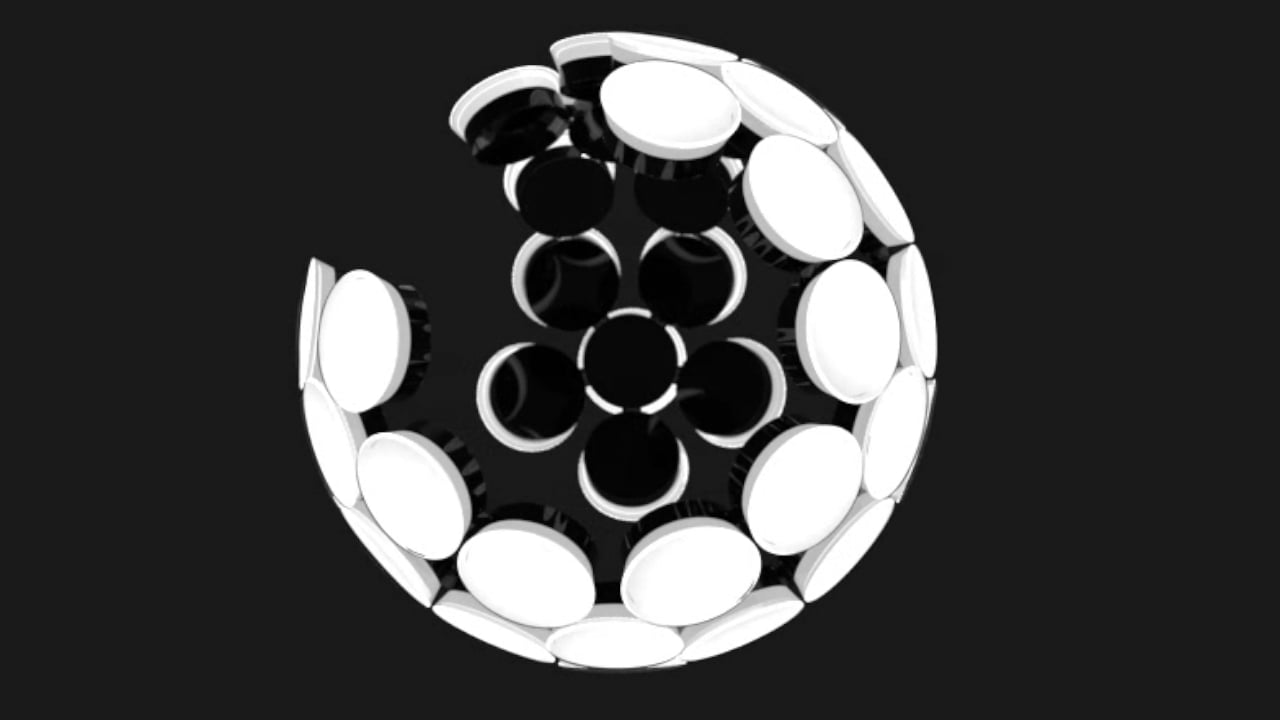
The name of the pendant luminaire “Ameluna” combines Artemide’s lightning competency (A) and Mercedes-Benz Style’s philosophy of sensual clarity (Me) with the Italian word for moon, “luna”.
The starting point was the fascination for deep-sea creatures, that are capable of generating light. The resulting light phenomena became a central inspiration for the development of this luminaire.
The material PMMA offered the appropriate light transmission for the implementation.
The design of the Diphy luminaire is inspired by the Japanese skeleton flower Diphylleia grayi.
The white petals of the skeleton flower become transparent on contact with water.
In contrast to nature, a diffuser made of transparent acrylic glass ensures that the luminaire becomes almost invisible when it is switched off. When it is turned on, the laser-incised micro engravings in the diffuser provide for even, dazzle-free distribution of the LED light.
Bella is a luminaire series that reflects minimal design using miniaturized lighting technology.
The lamp head allows different light settings, including direct table lighting and indirect room lighting.
The geometric curves of the light and the different finishes create a modern and sophisticated look.
“Every room needs light. Without light, we don’t experience the room.”
Roman Delugan
Delugan Meissl Assoziierter Architekt
TEELA is a light and acoustic panel that seems to float like a cloud in the room and can be controlled either via Bluetooth or smartphone app.
Together with their team, Roman Delugan and Martin Josst designed the TEELA pendant luminaire for Zumtobel Lighting. When architects design luminaires, it is also about an architectural element for the atmospheric design of spaces.
TEELA, the pendant luminaire by Austrian manufacturer Zumtobel can create this special atmosphere by bathing a room in diffuse light and absorbing noise thanks to its fabric cover.
AMBITUS is a circular LED pendant luminaire with an efficient, almost 360-degree light distribution designed by Yorgo Lykouria, founder and creative director of Rainlight design studio, for Austrian manufacturer Zumtobel.
The round shape is inspired by natural light sources such as the sun: “It seemed to me a paradox to design a luminaire with straight lines when all natural sources of light such as the sun and moon are spherical,” Yorgo Lykouria says.
Thanks to the choice of materials and flawless workmanship, the pendant luminaire also exudes a lightness that lives up to the fascinating immateriality of light itself. The result is a precise, elegant product that fuses design poetry with sharp functionality and offers direct and indirect lighting, with the ability to adjust colour temperature via programming systems or directly via a smart phone.
The Illan lamp is a sustainable wooden laser-cut pendant luminaire. The simple, concentric shape of the wood forms a sculptural, three-dimensional object. The material reacts to the smallest vibrations and creates a wave-like movement, which also affects the light outlet. The lamp is made of FSC-certified wood, taken from correctly managed forests for a responsible approach to environmental, social and economic standards.
“The idea of Illan comes from experimentation with models of laser cutting applied to different materials. When sheets of paper and wood are cut geometrically, they take on new characteristics, suspended by the force of gravity. Translucency, flexibility and a delicate undulated movement are the distinctive characteristics of the lamp.”
Zsuzsanna Horvath
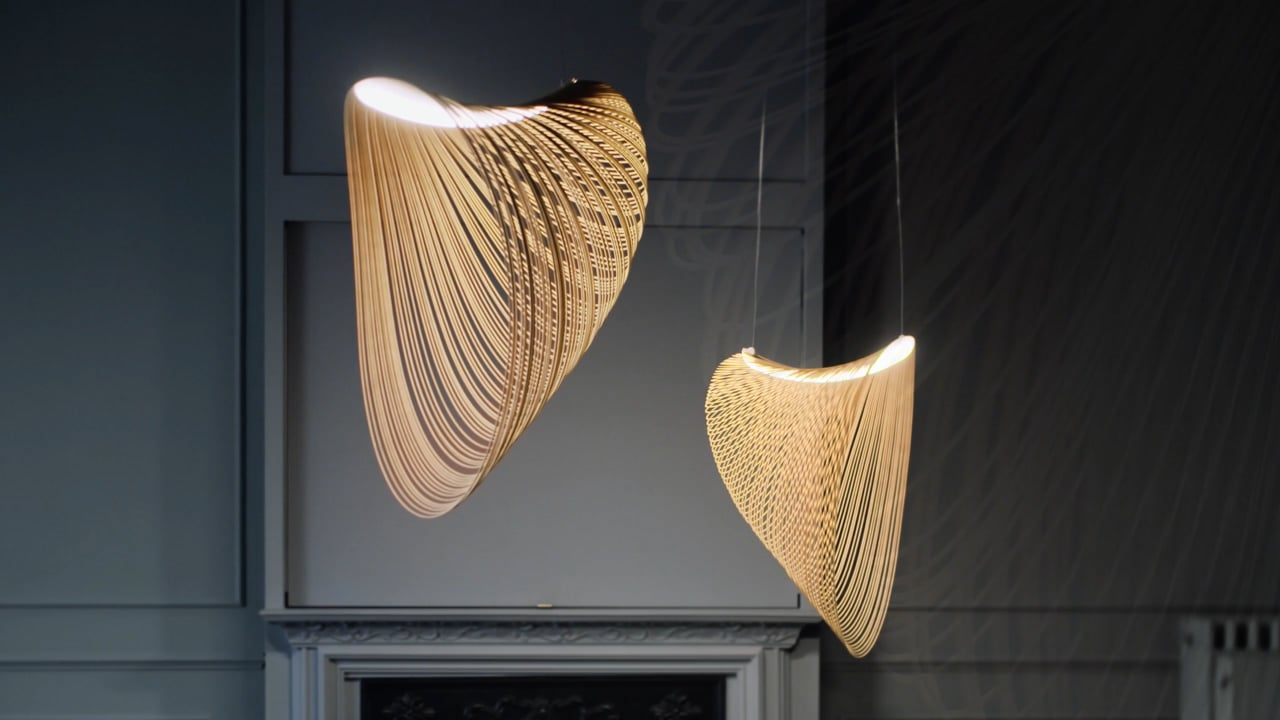
Serif is a sculptural lighting fixture with a spatial presence that changes with the viewing angle. Its circular luminous elements twist around their own axis, turning the circles into ellipses.
The design is based on the playful use of geometric elements and connects differently sized luminous rings with triangular coaxial connections.
“We have really taken an approach to bring in pure geometry and natural ways of interaction and also developing products that are unique as individuals but can grow together and become larger or have different identities based on their positioning and reconfiguration.”
Ryan Pauly
Kuzco Lighting, USA
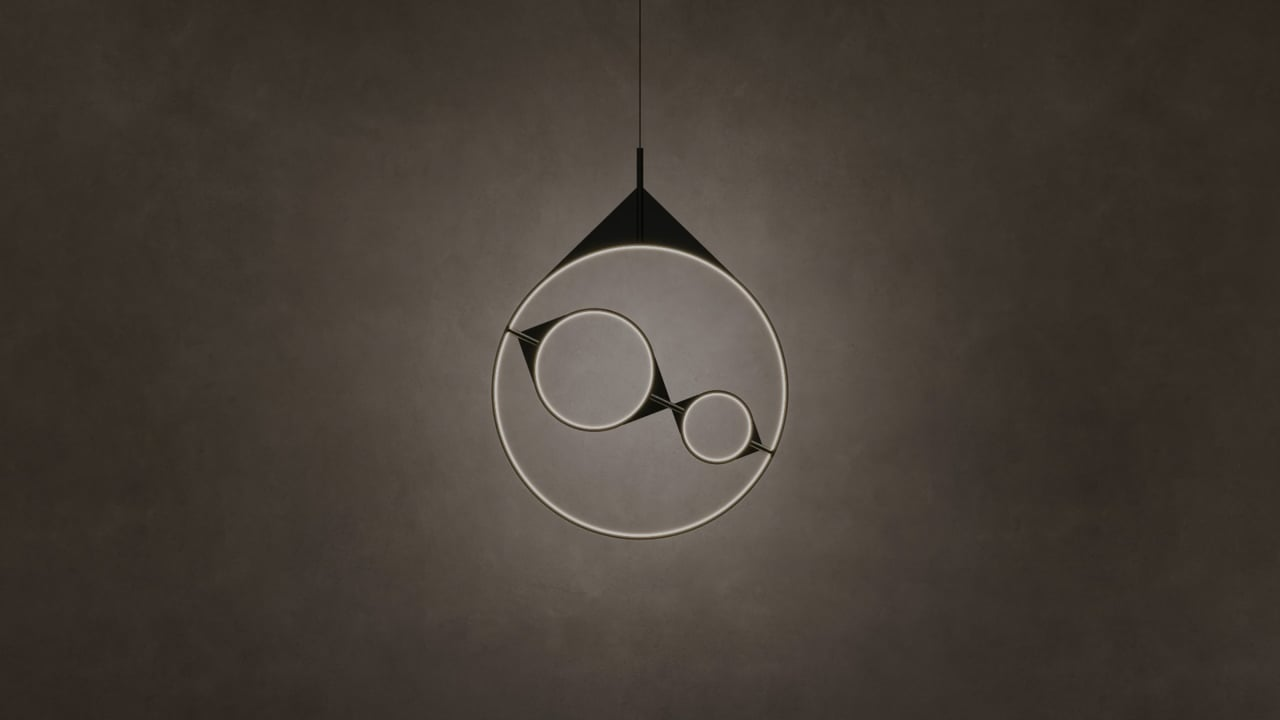
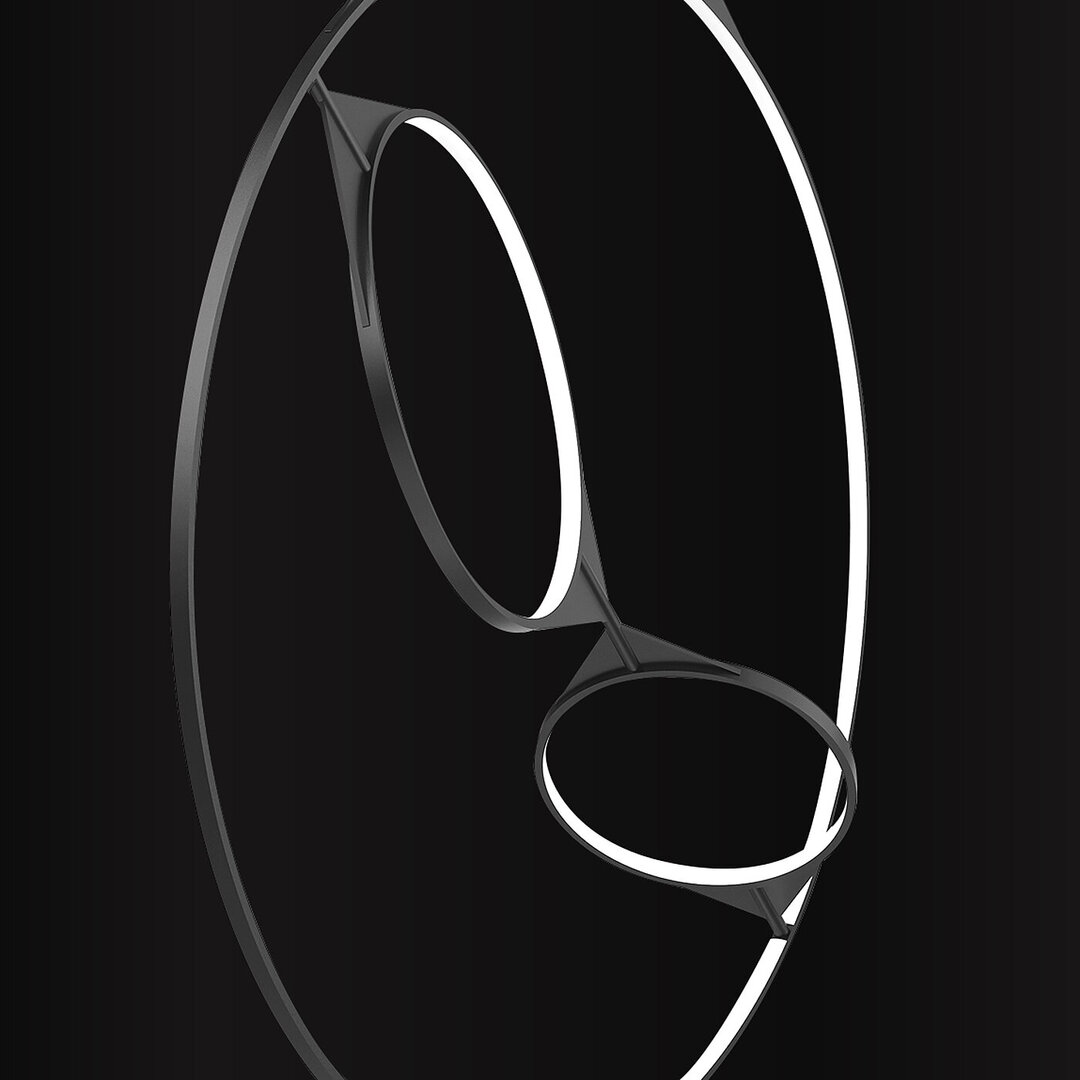
The Magellan luminaire fascinates with both the design-defining underlying principle of unity and diversity, as well as an innovative form that is complemented by a high degree of convenient functionality.
A core structure serves as a platform for arranging several lampshades in a cluster for realising individual configurations, material options and lighting effects. This results in almost aura-like voluminous lighting.

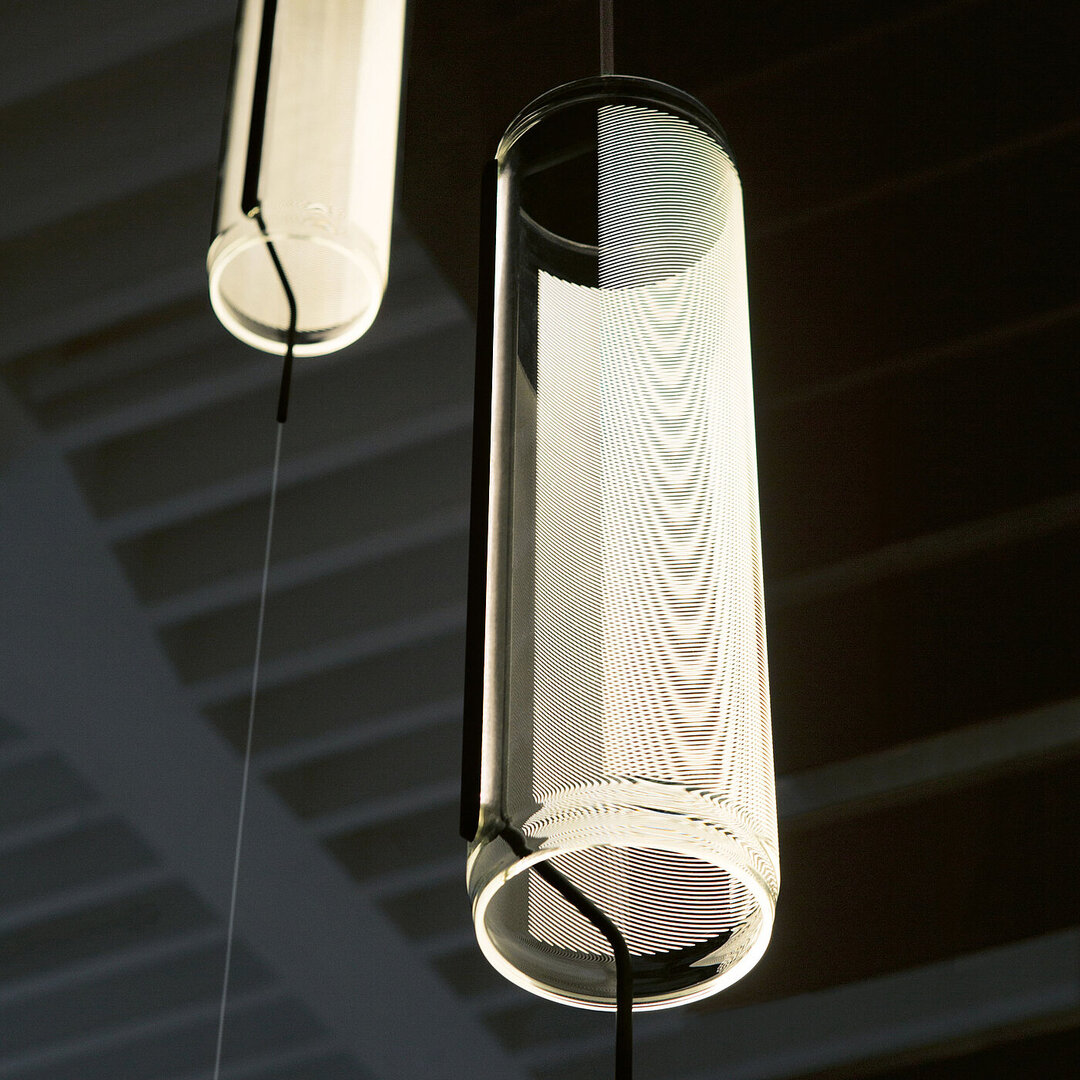
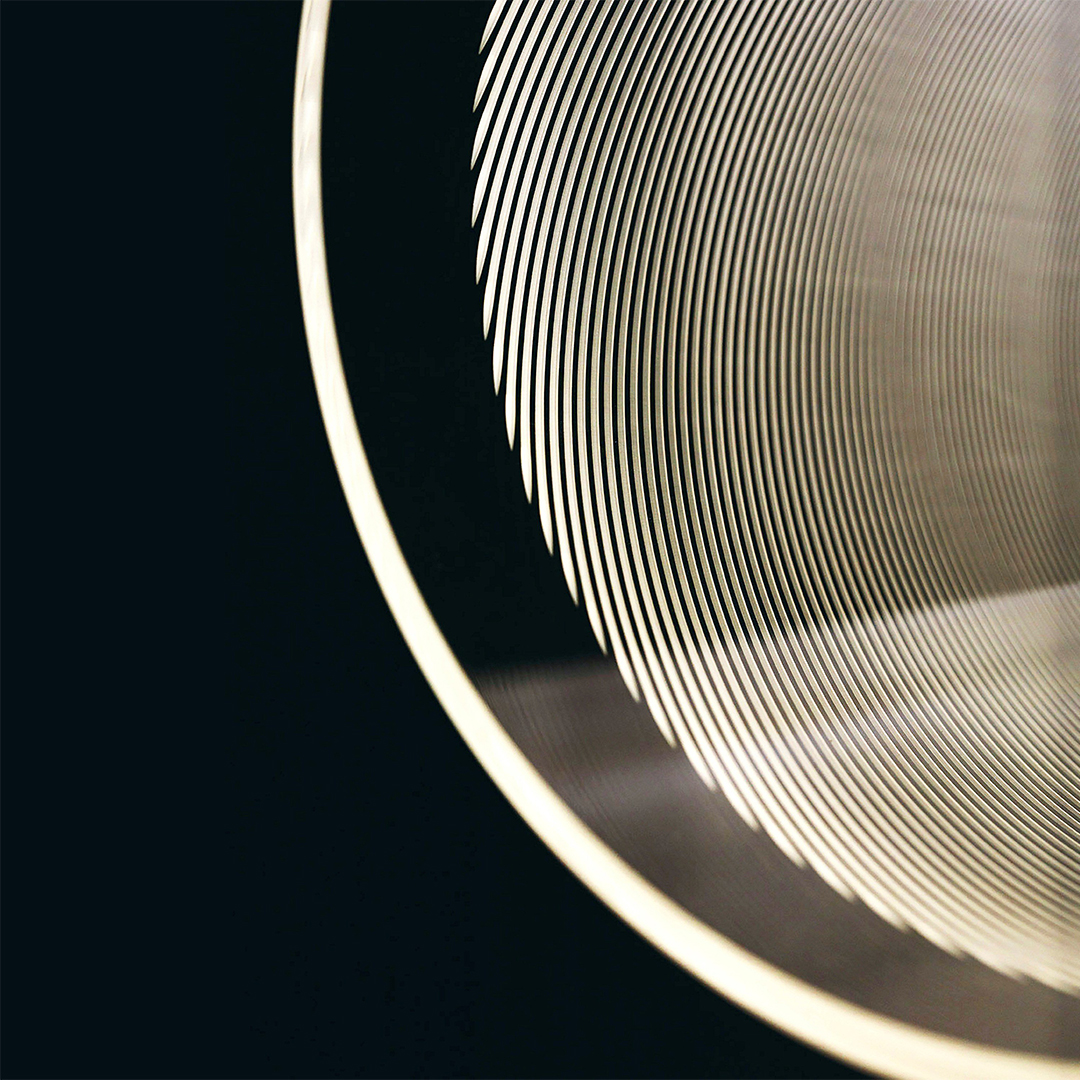
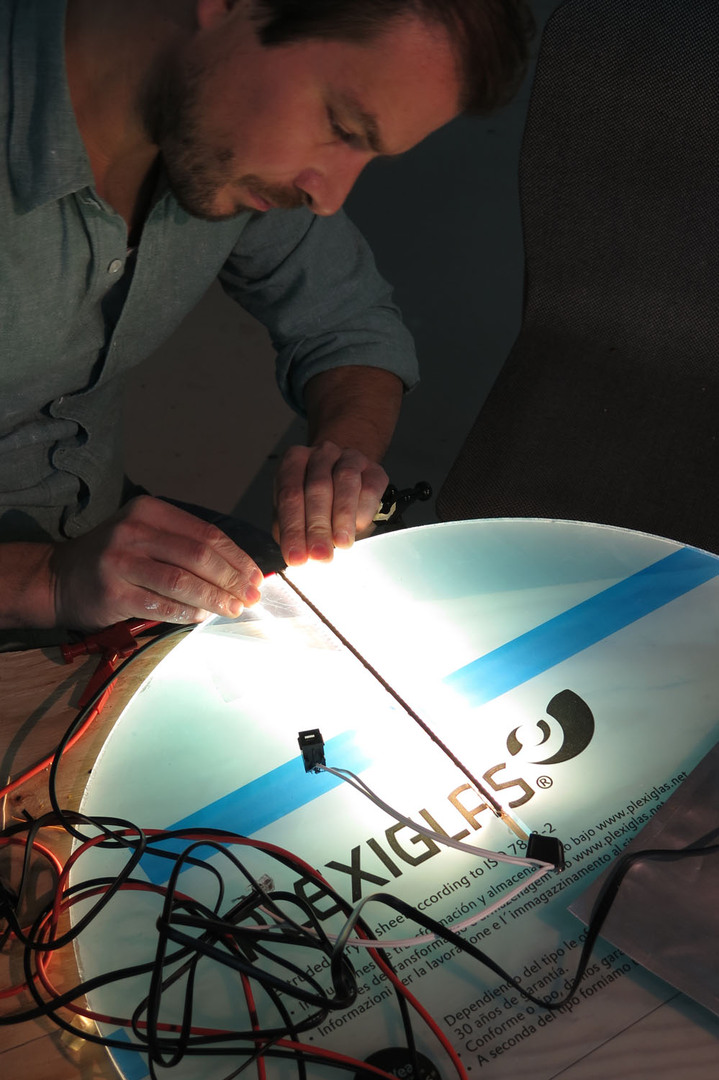
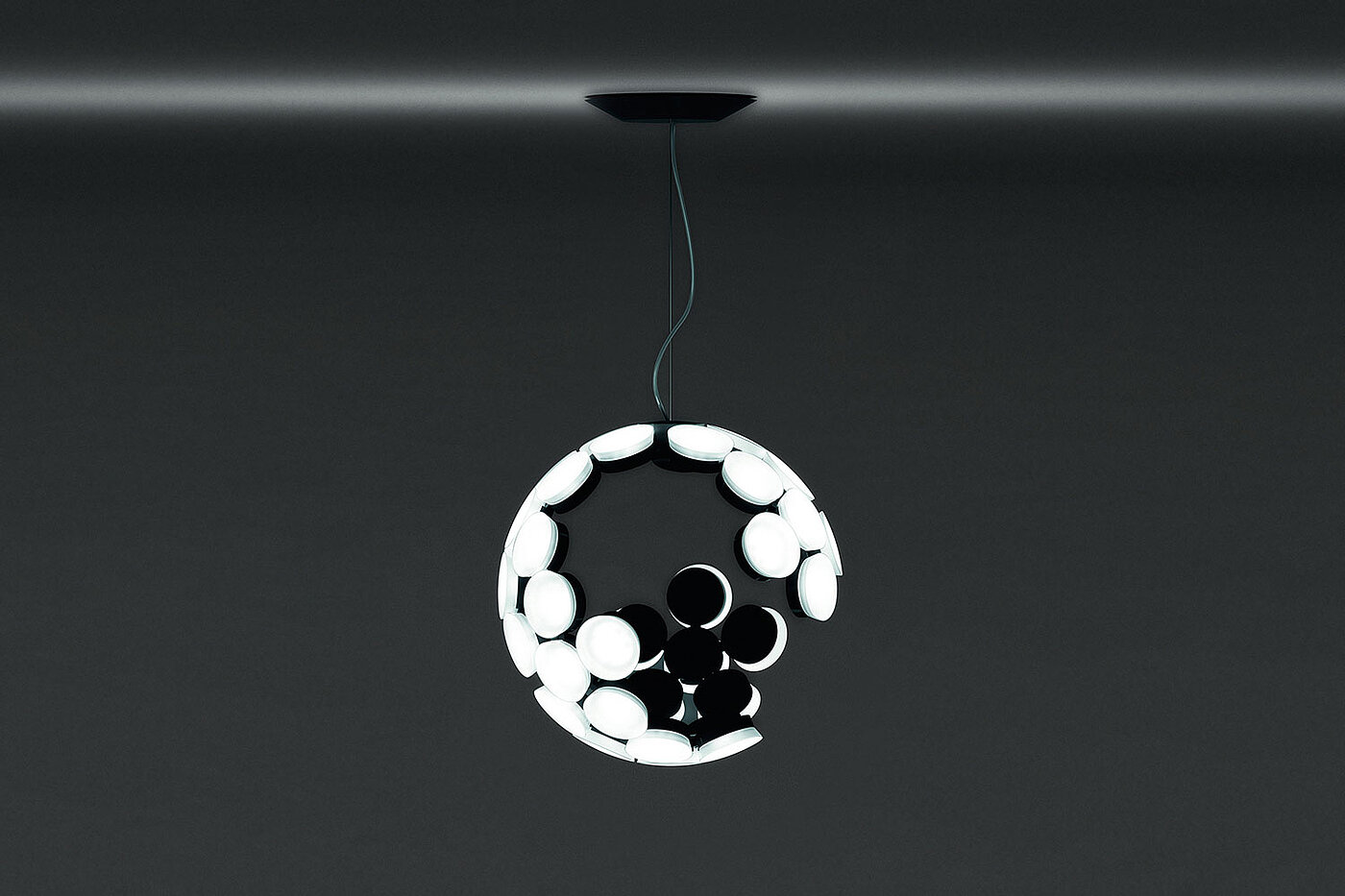
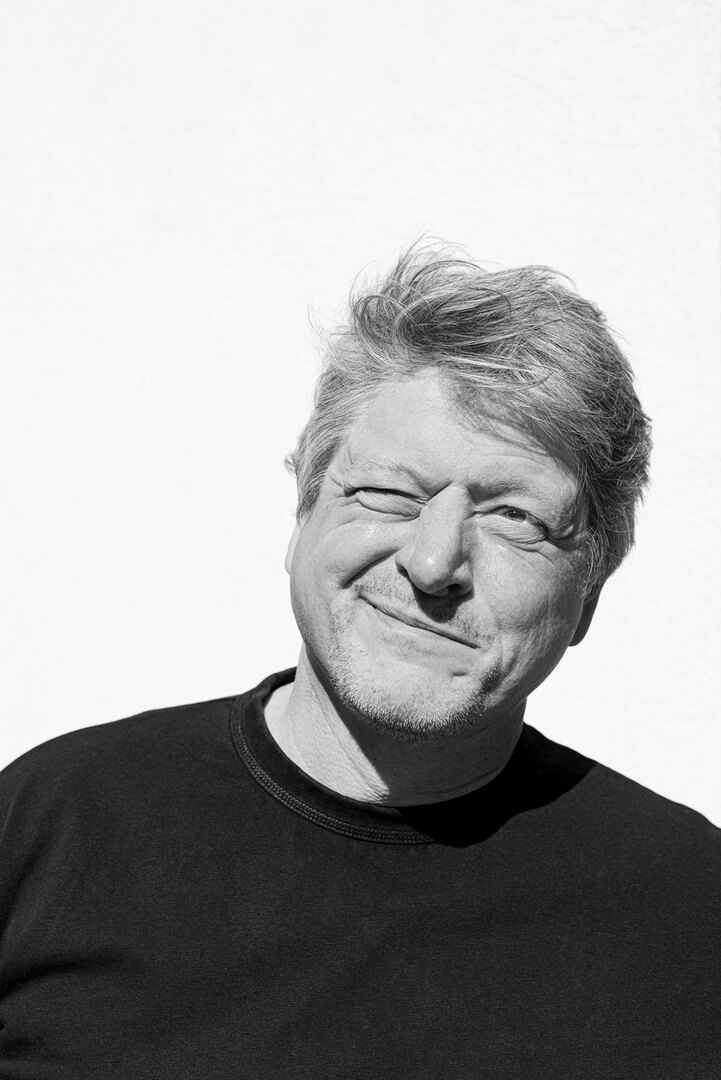
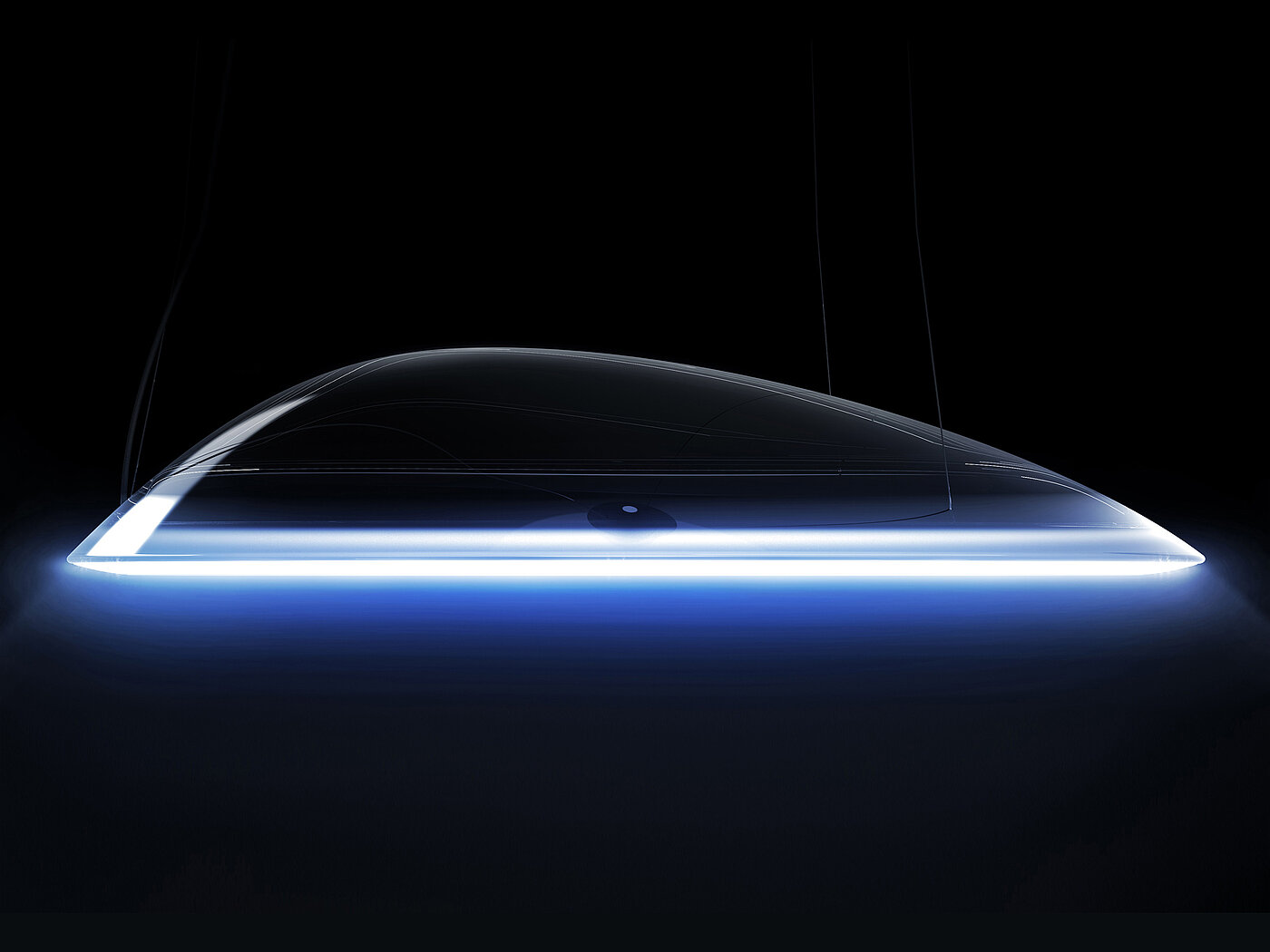
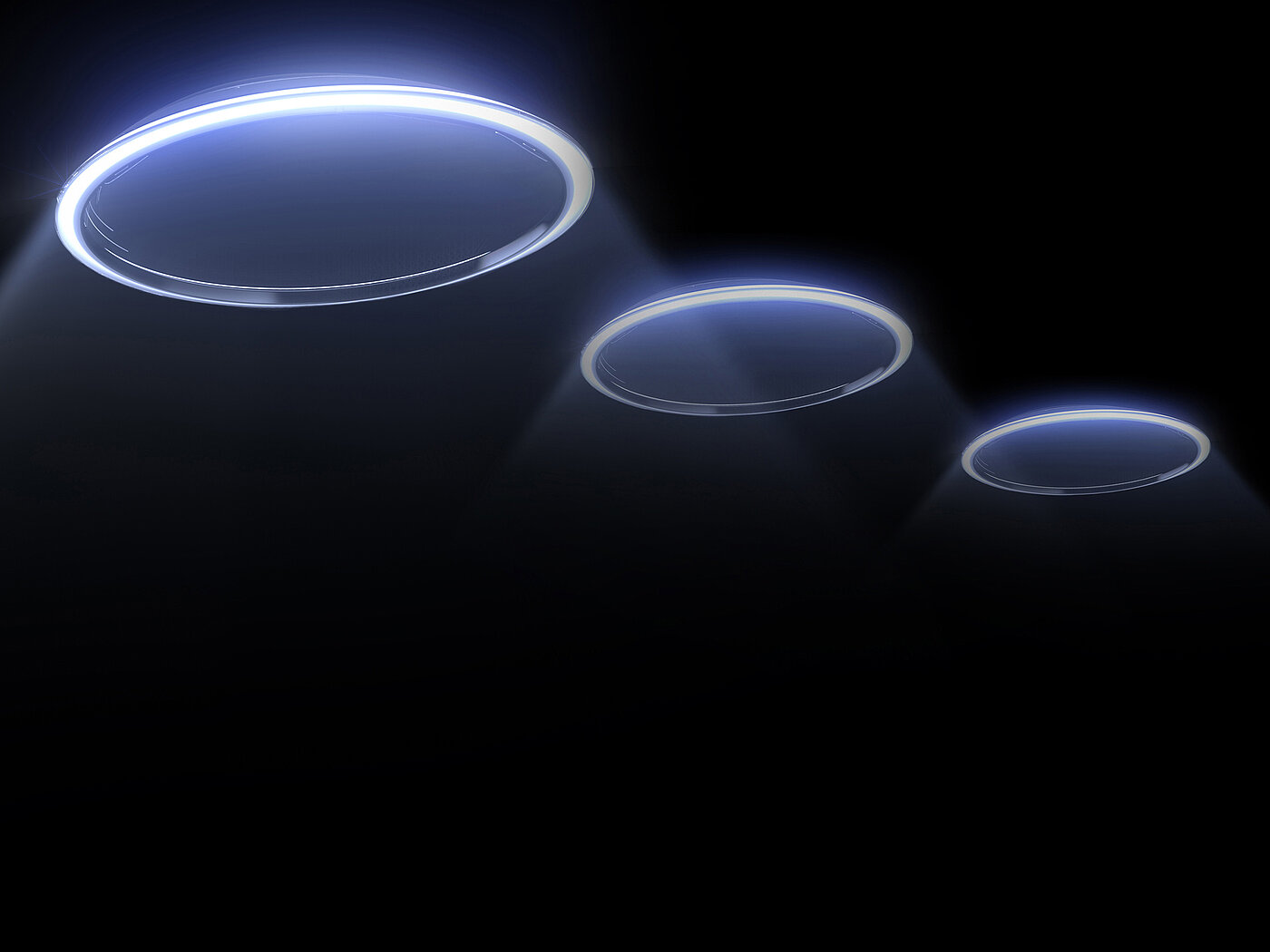
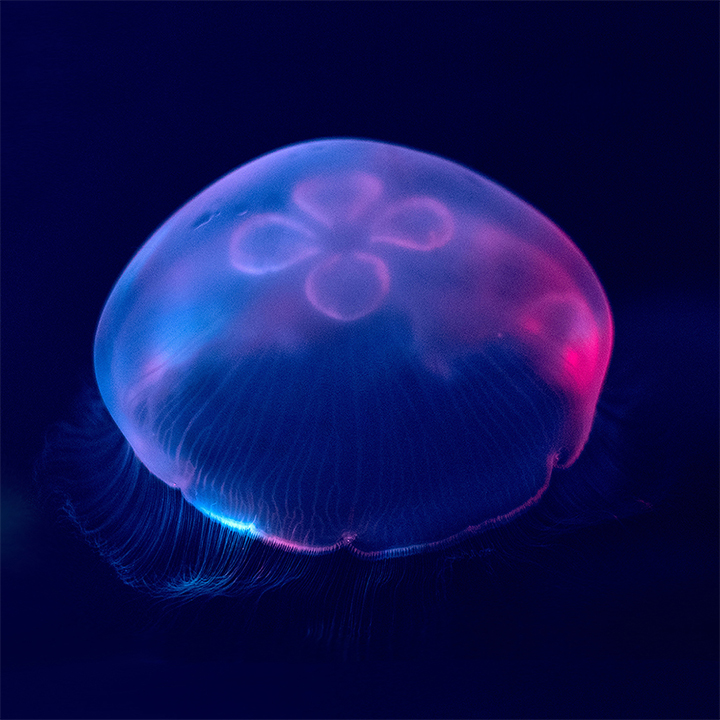
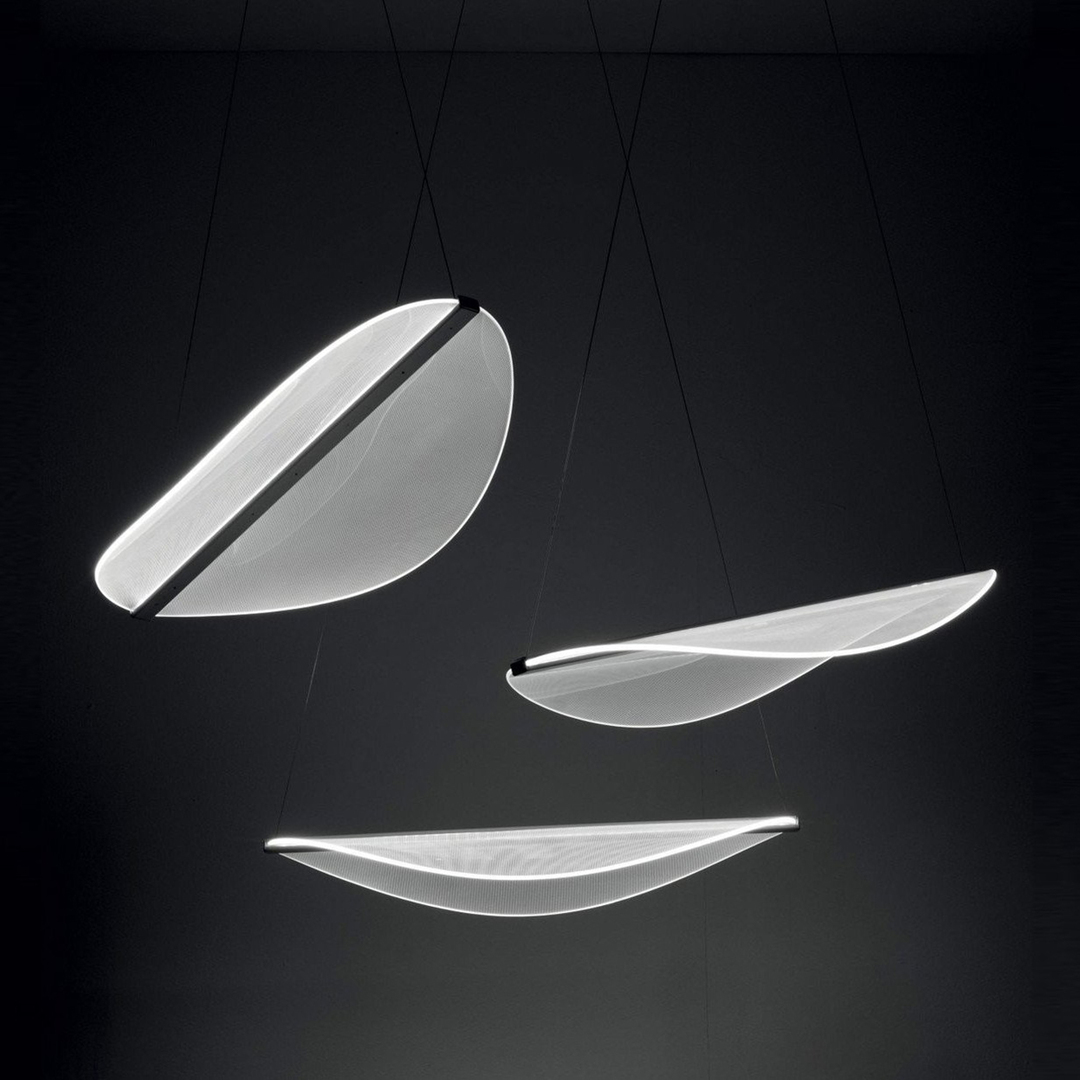
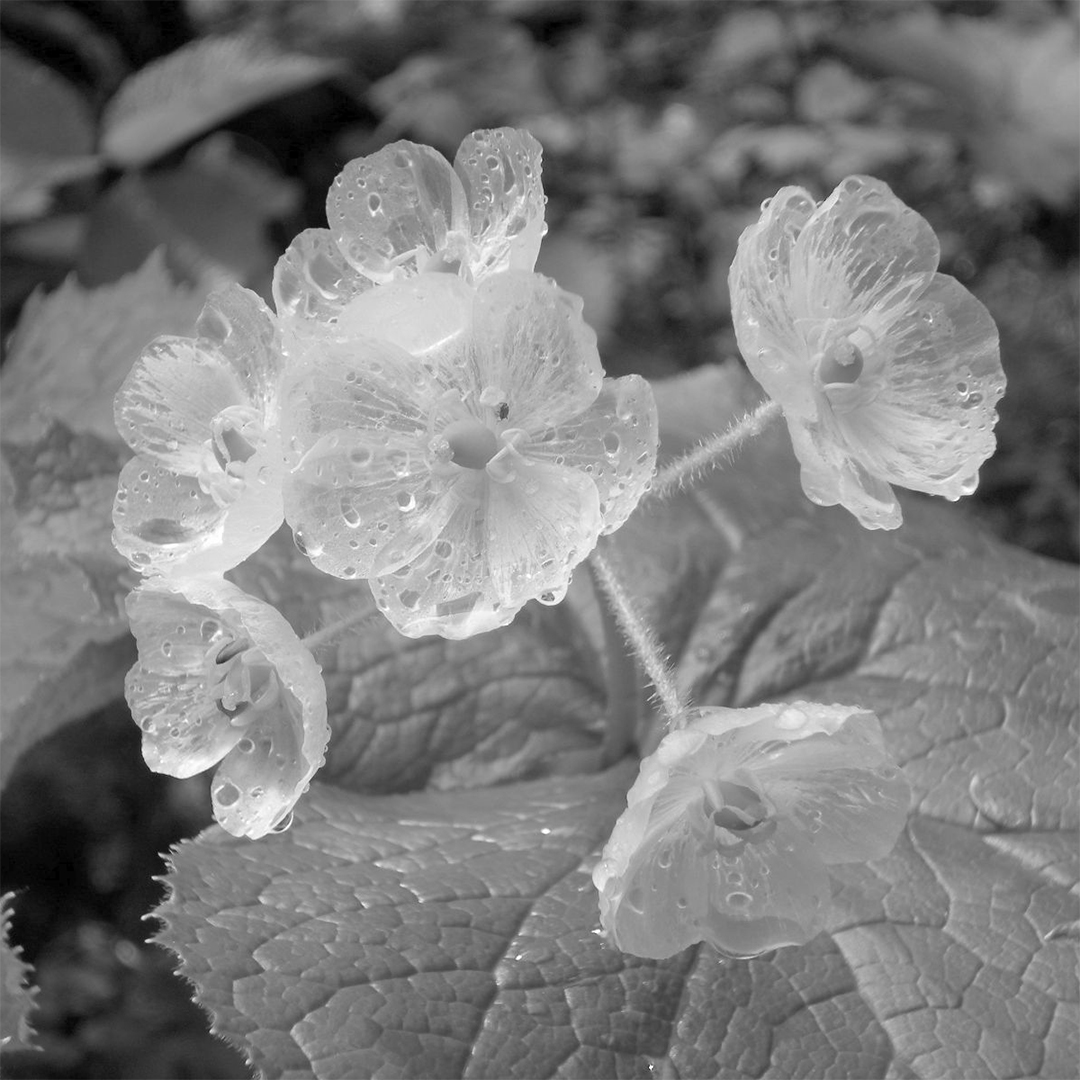
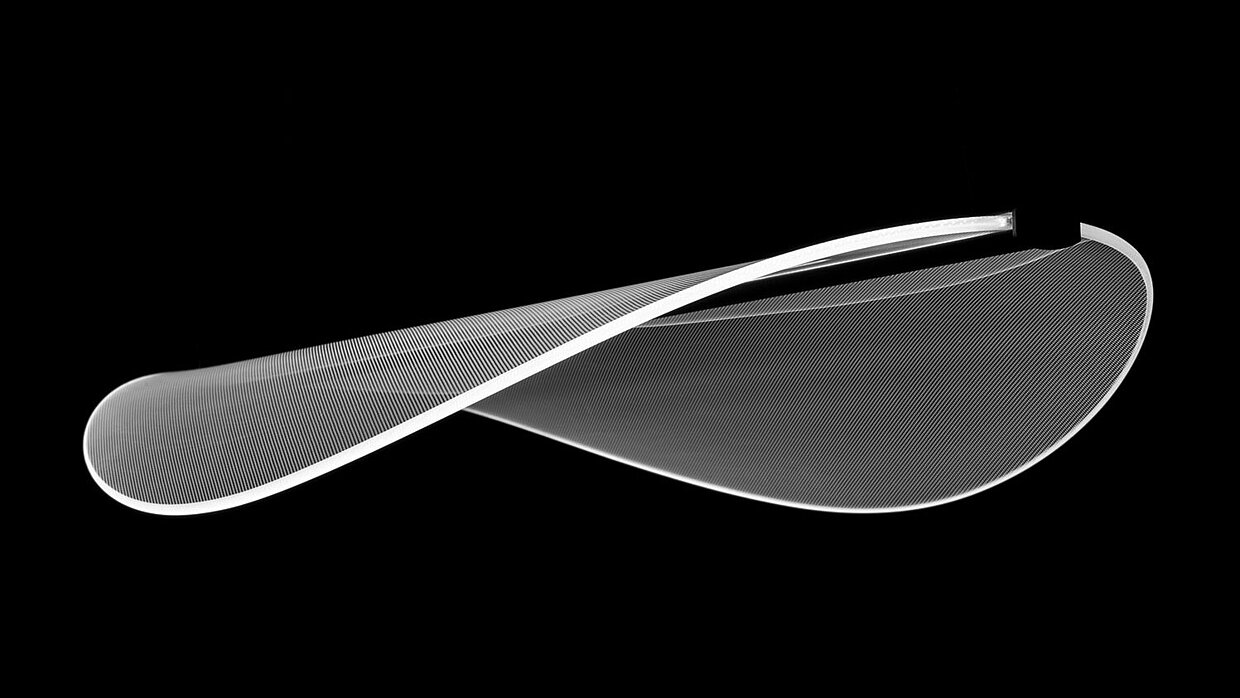
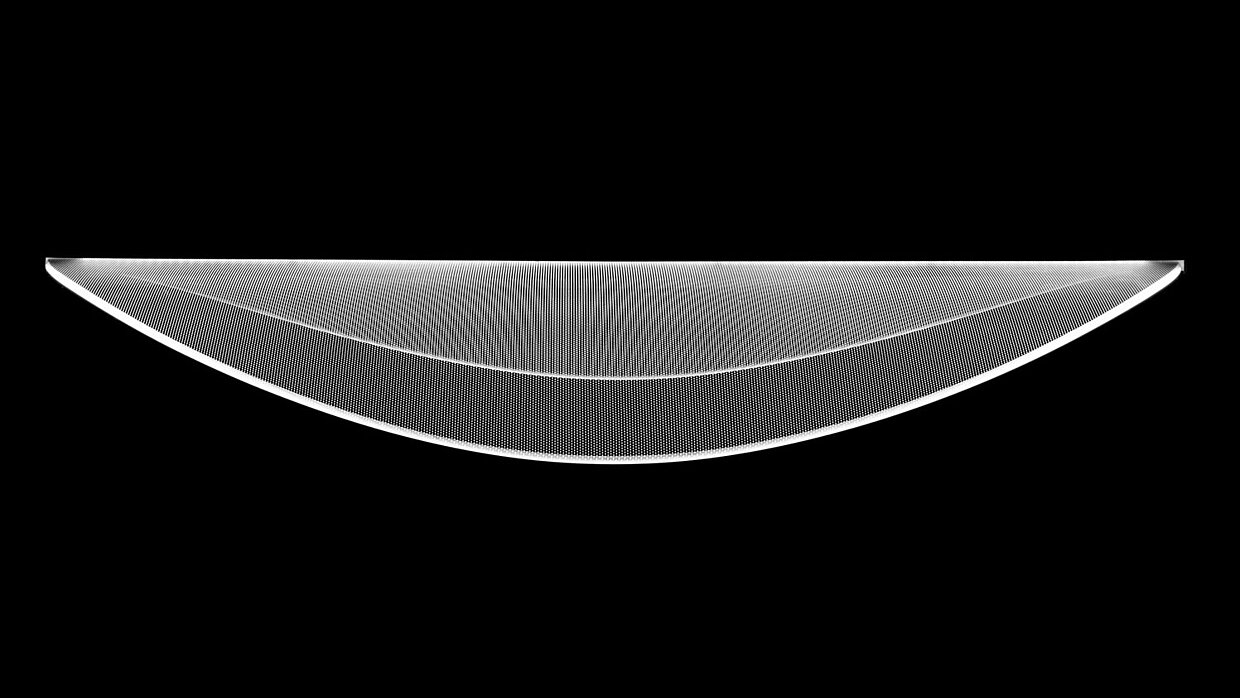
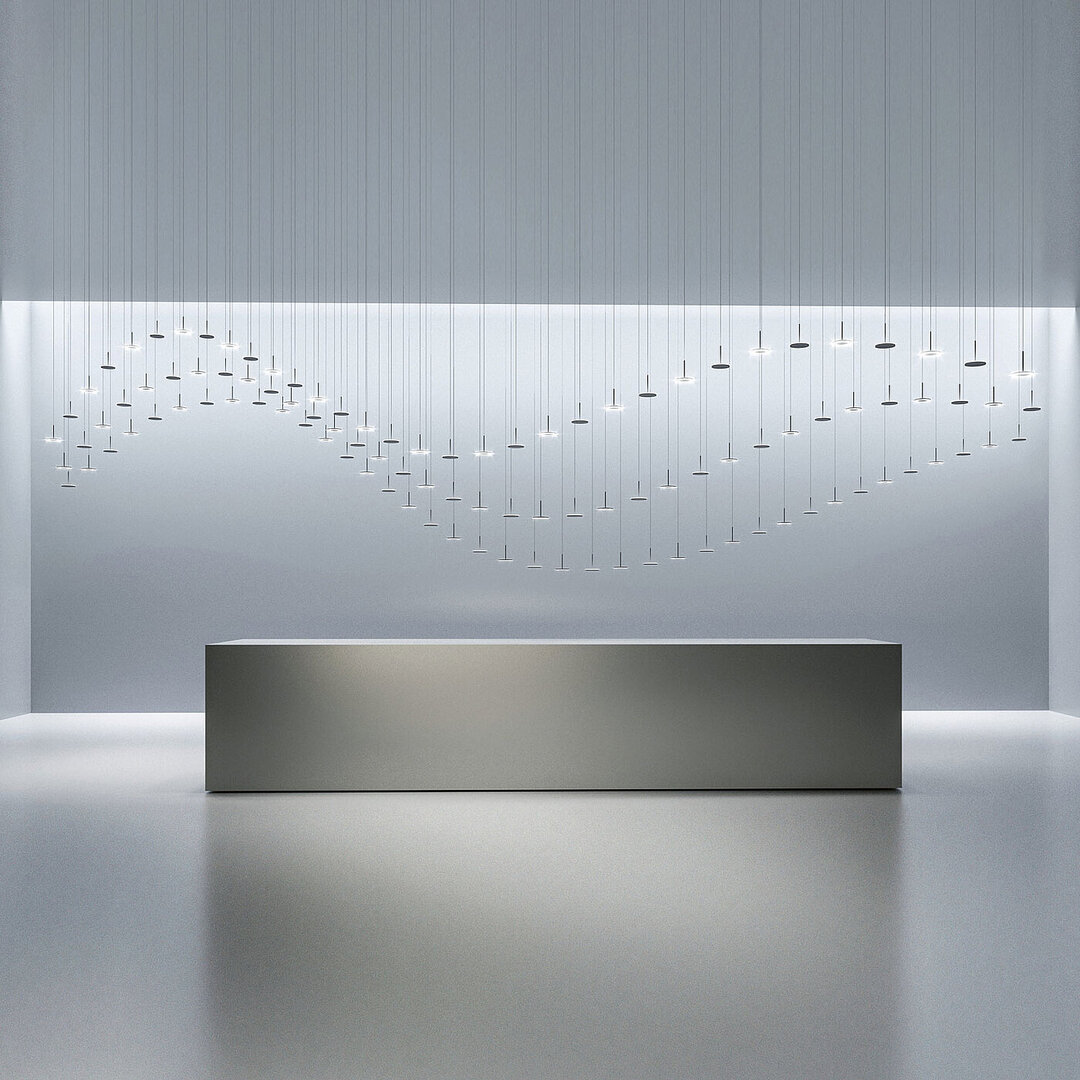
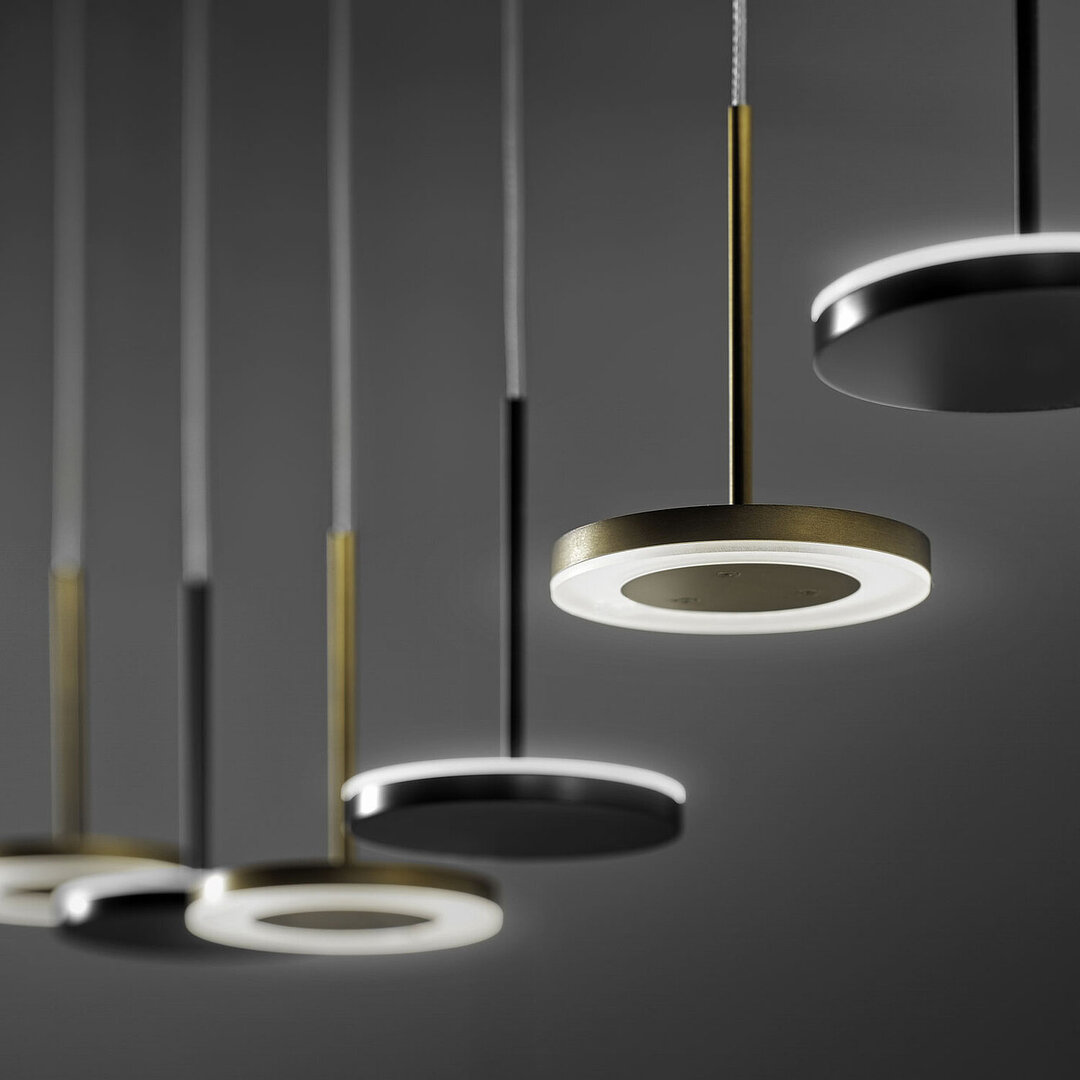
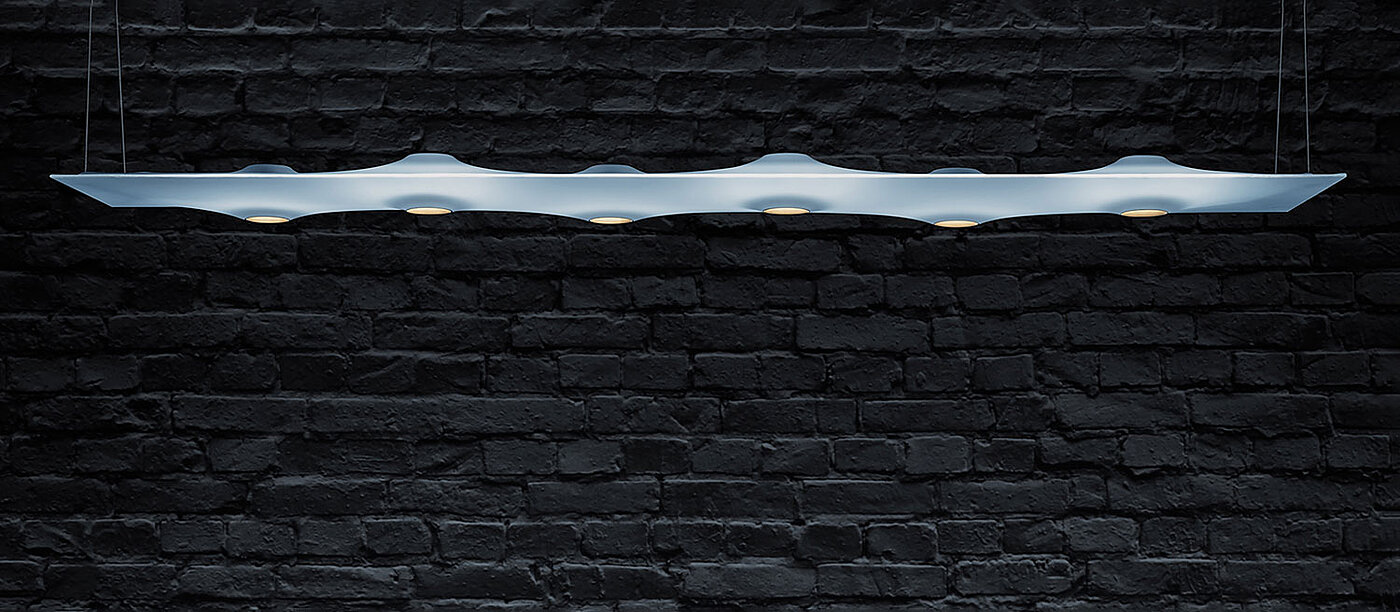
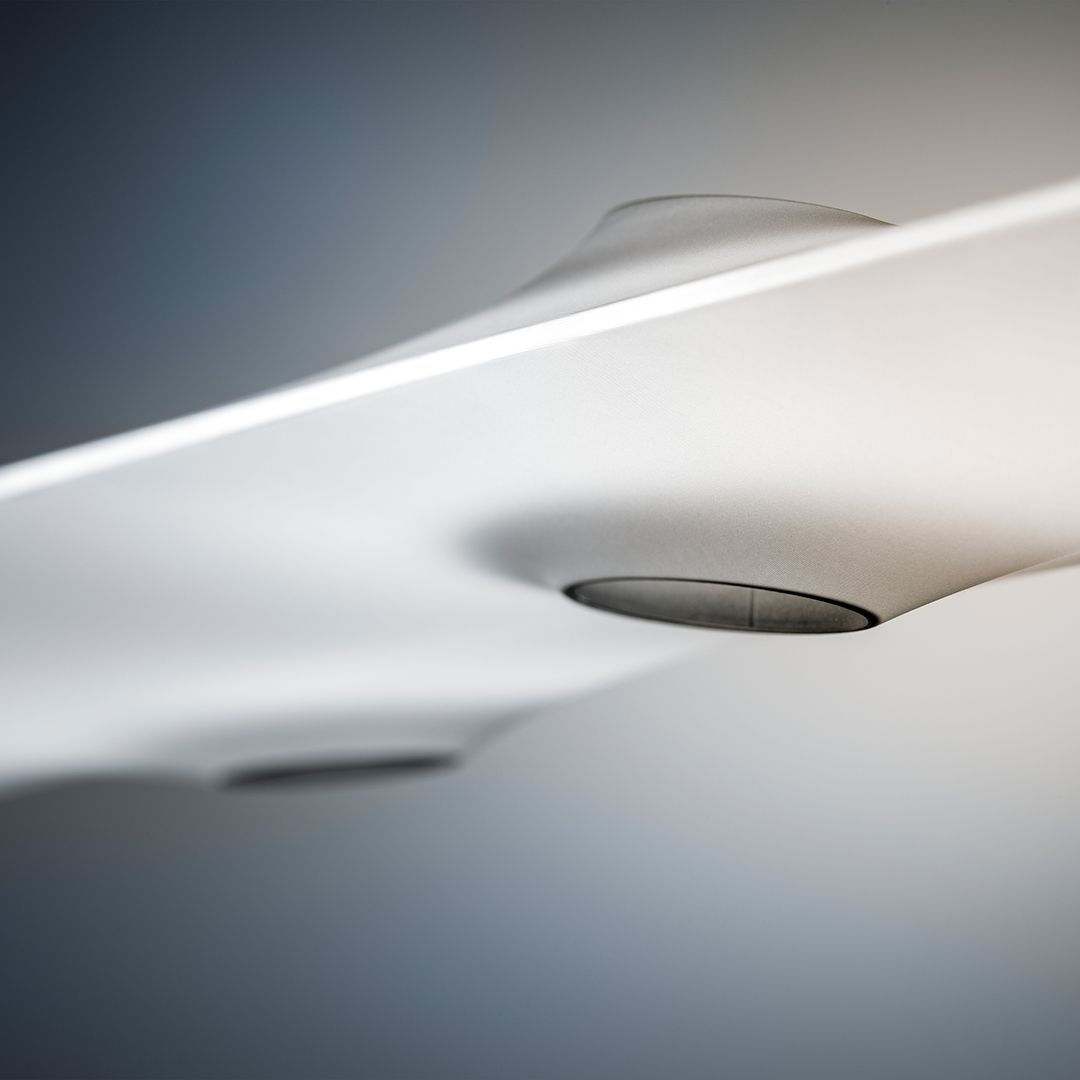
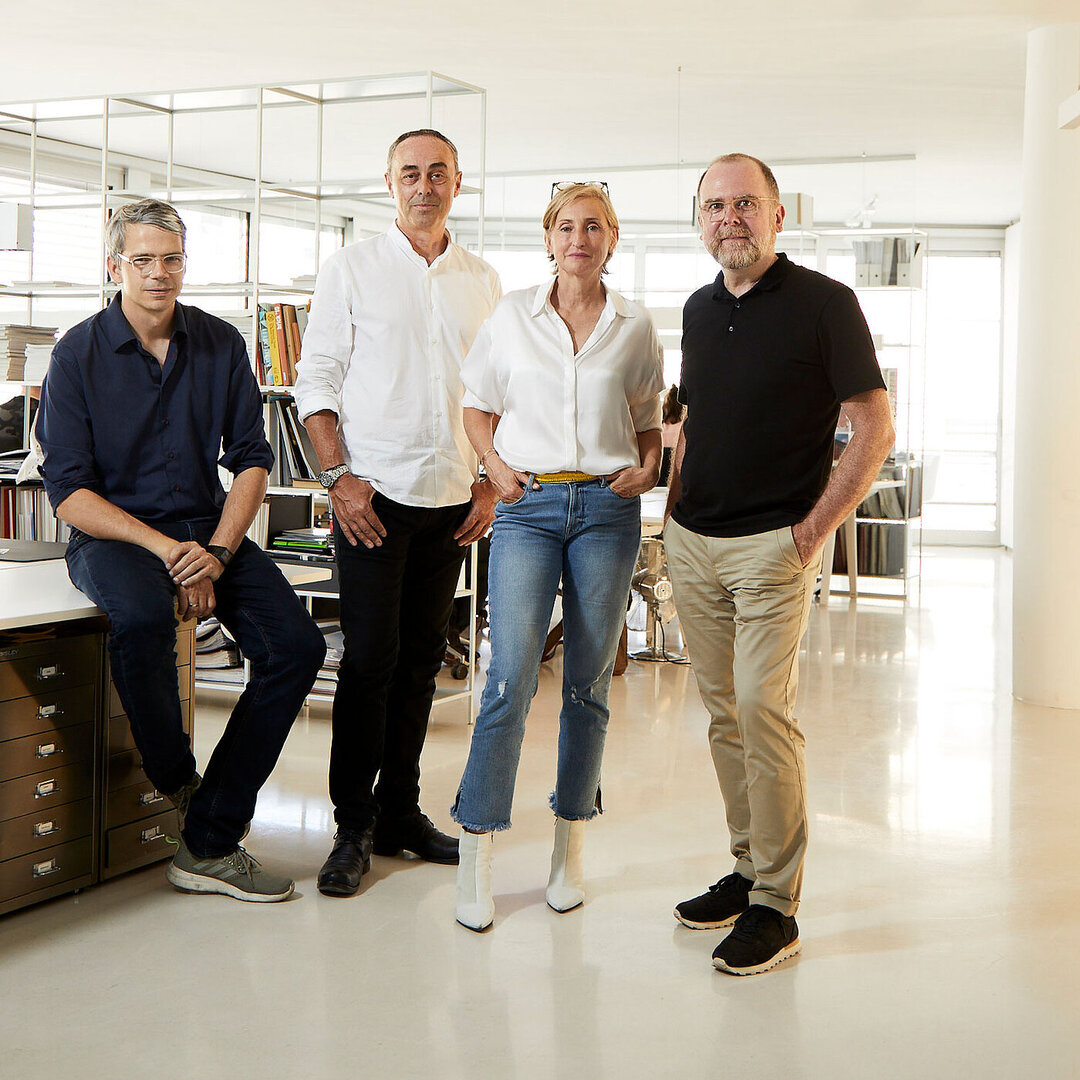
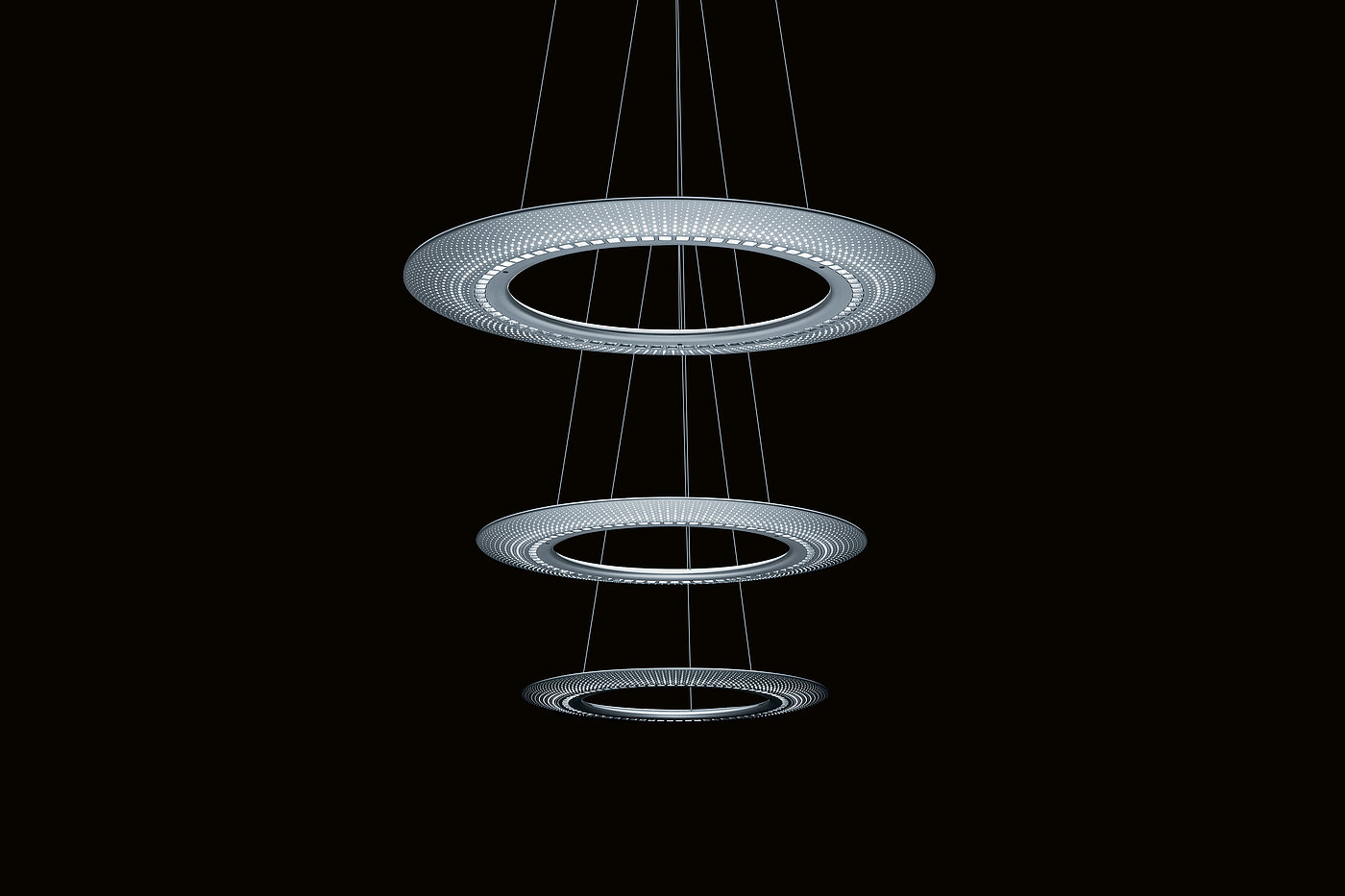
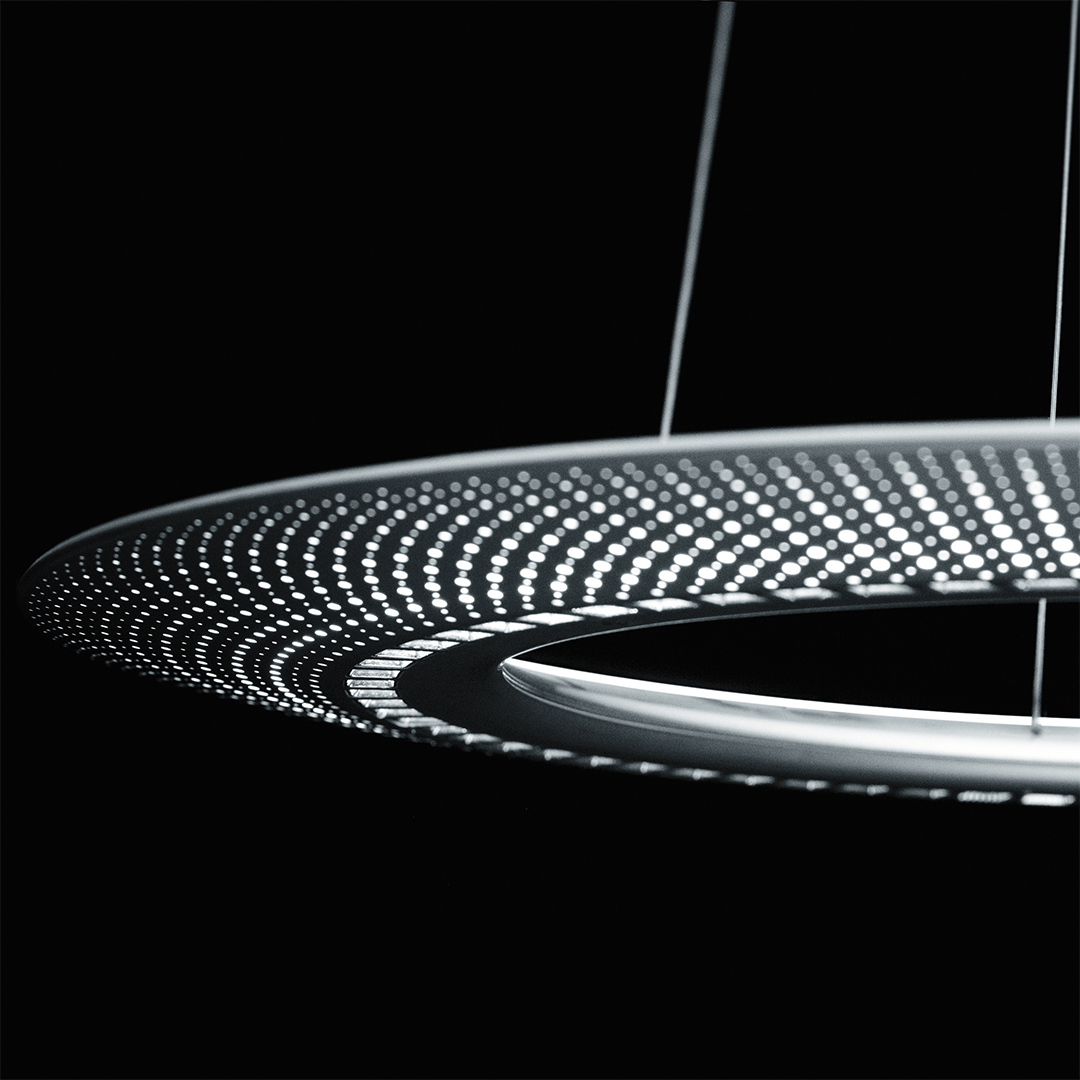

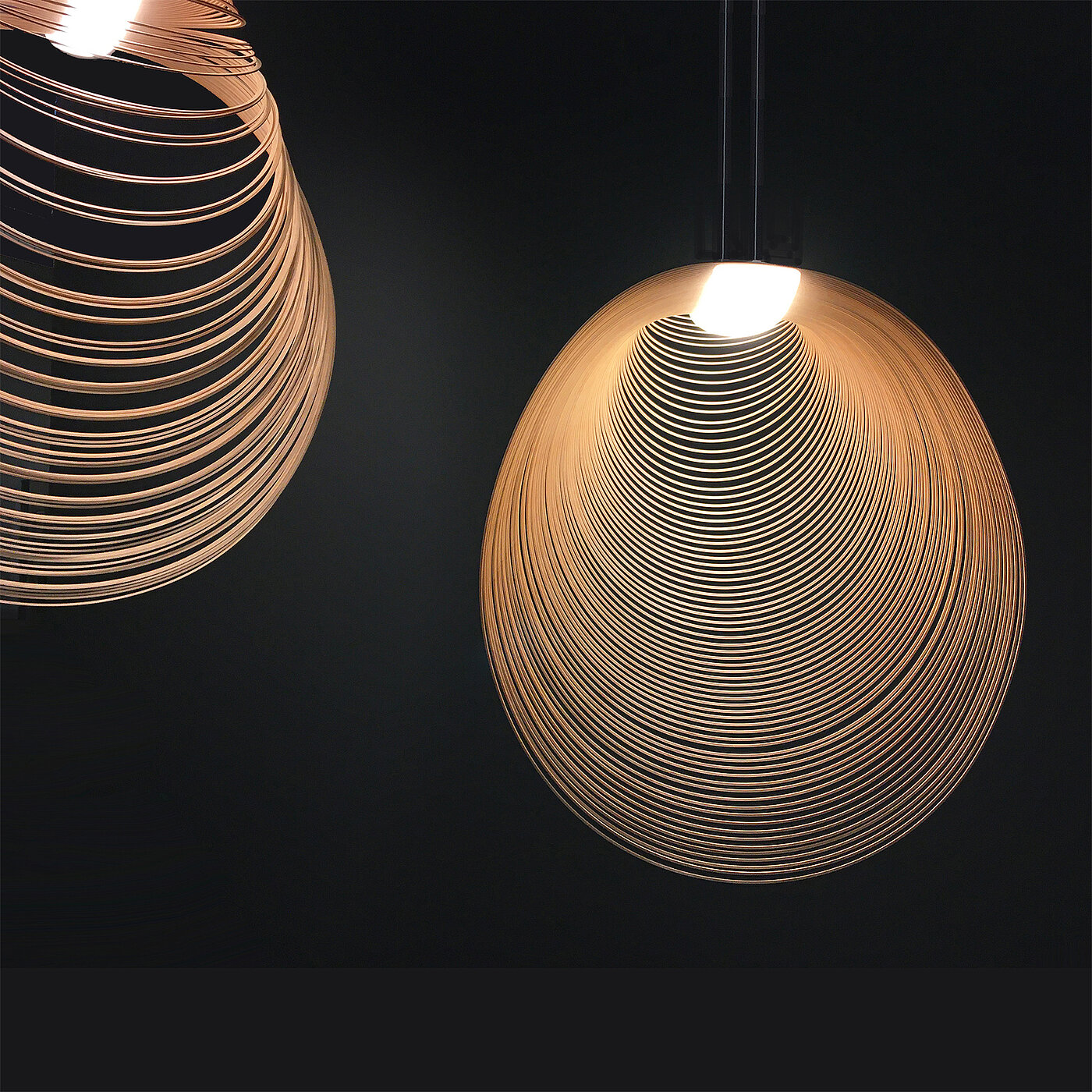
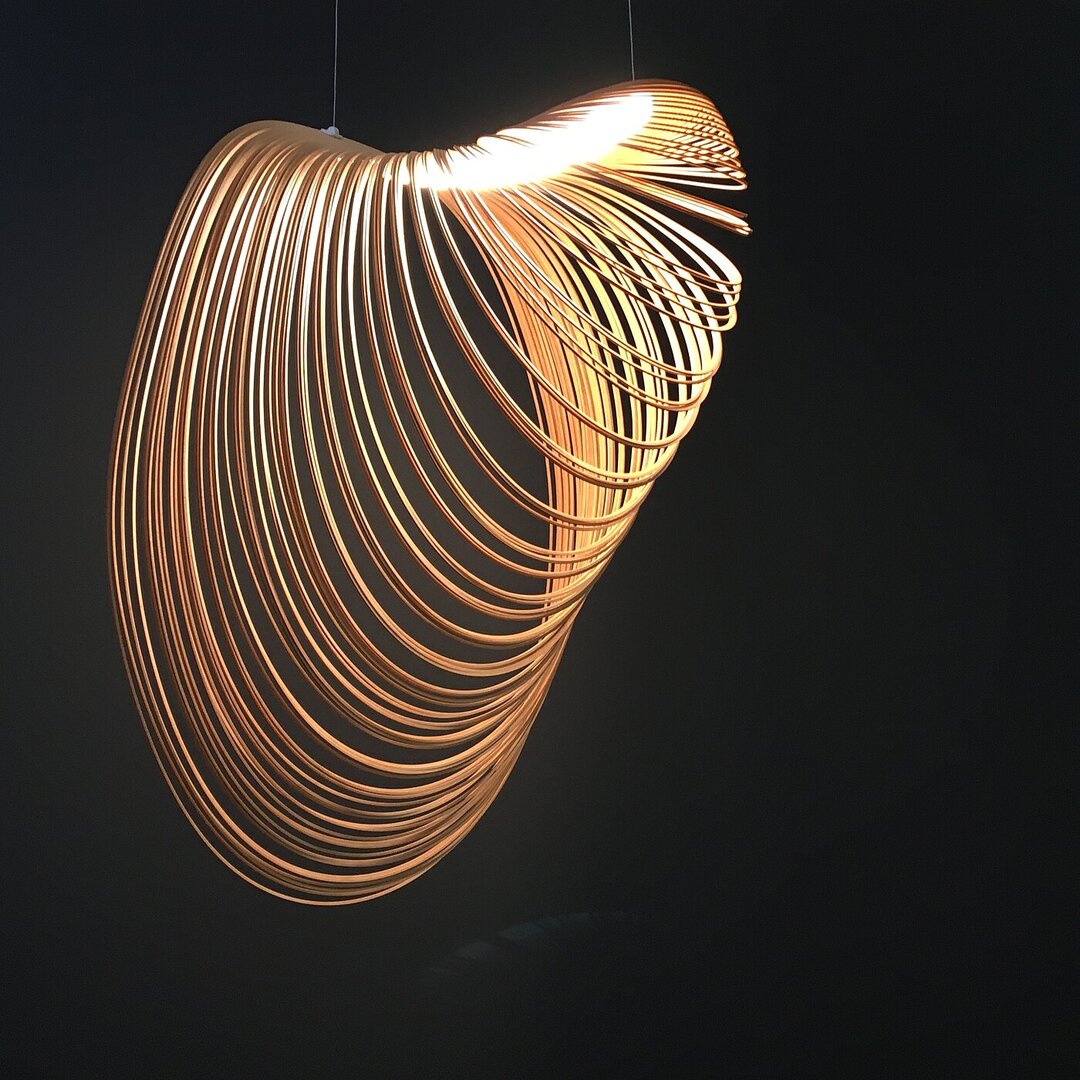
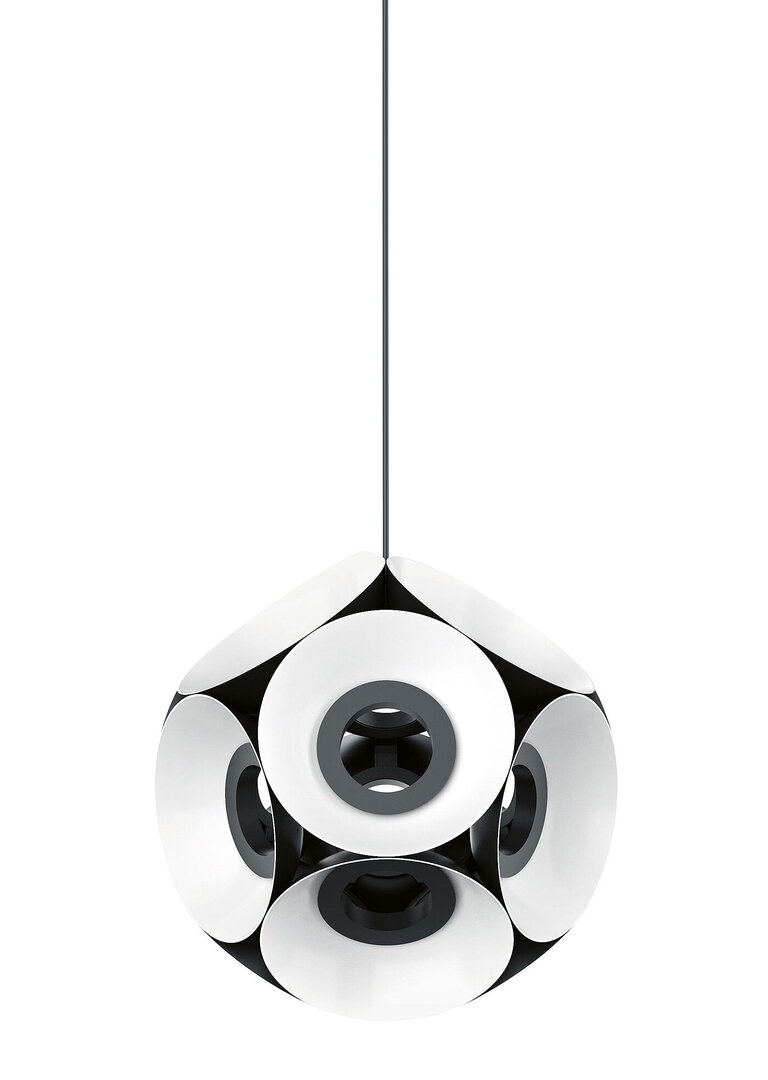
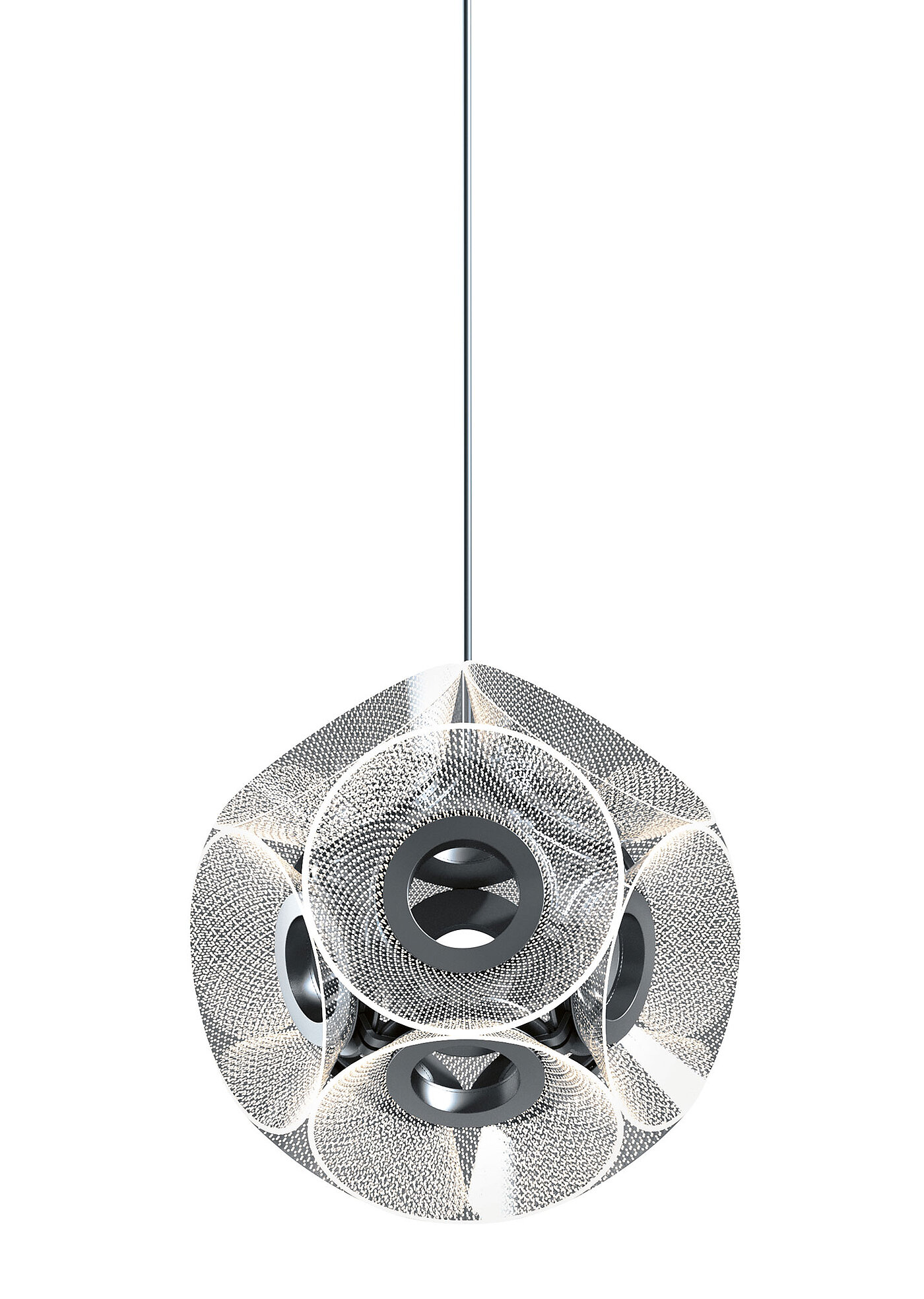

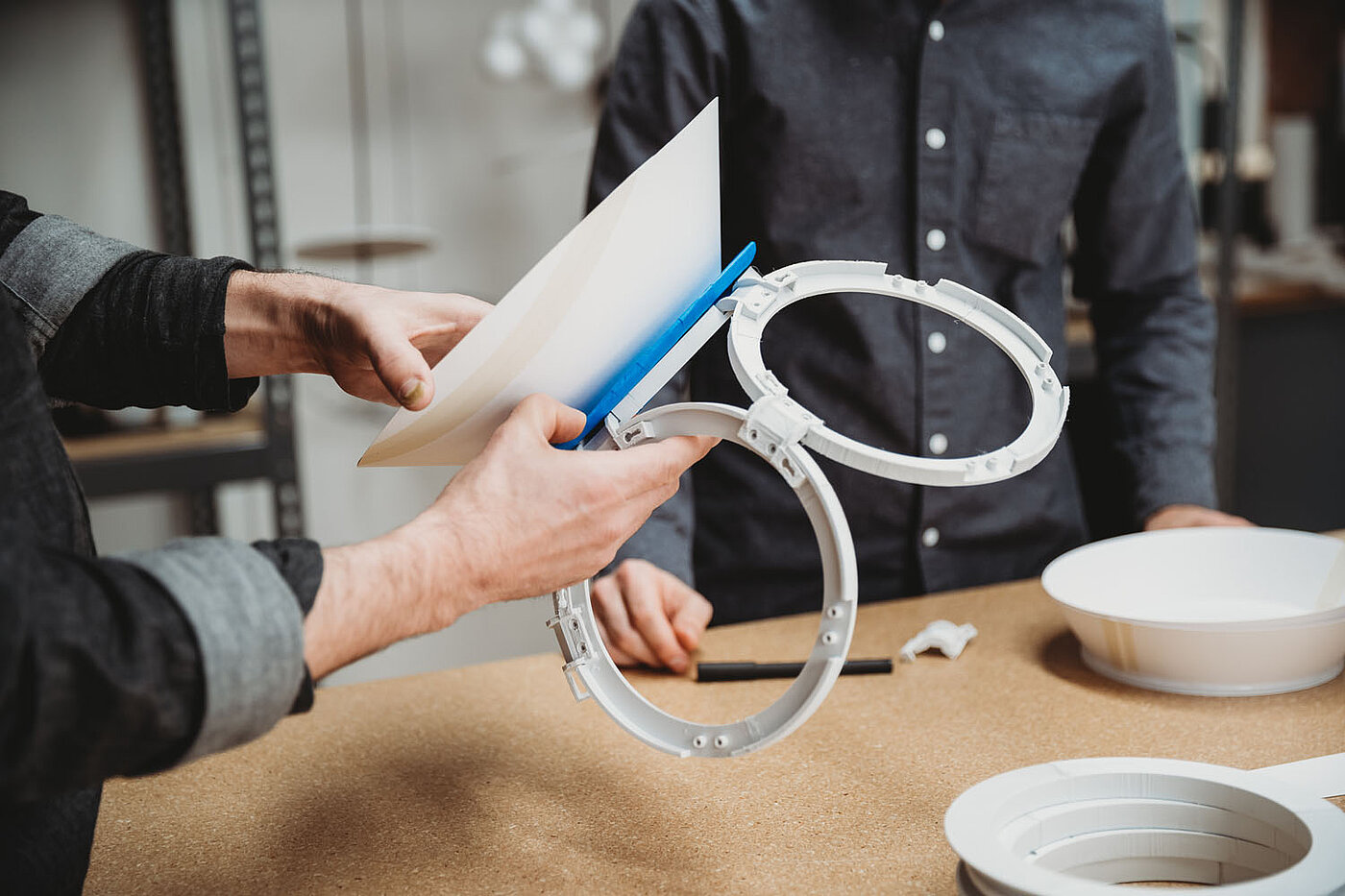
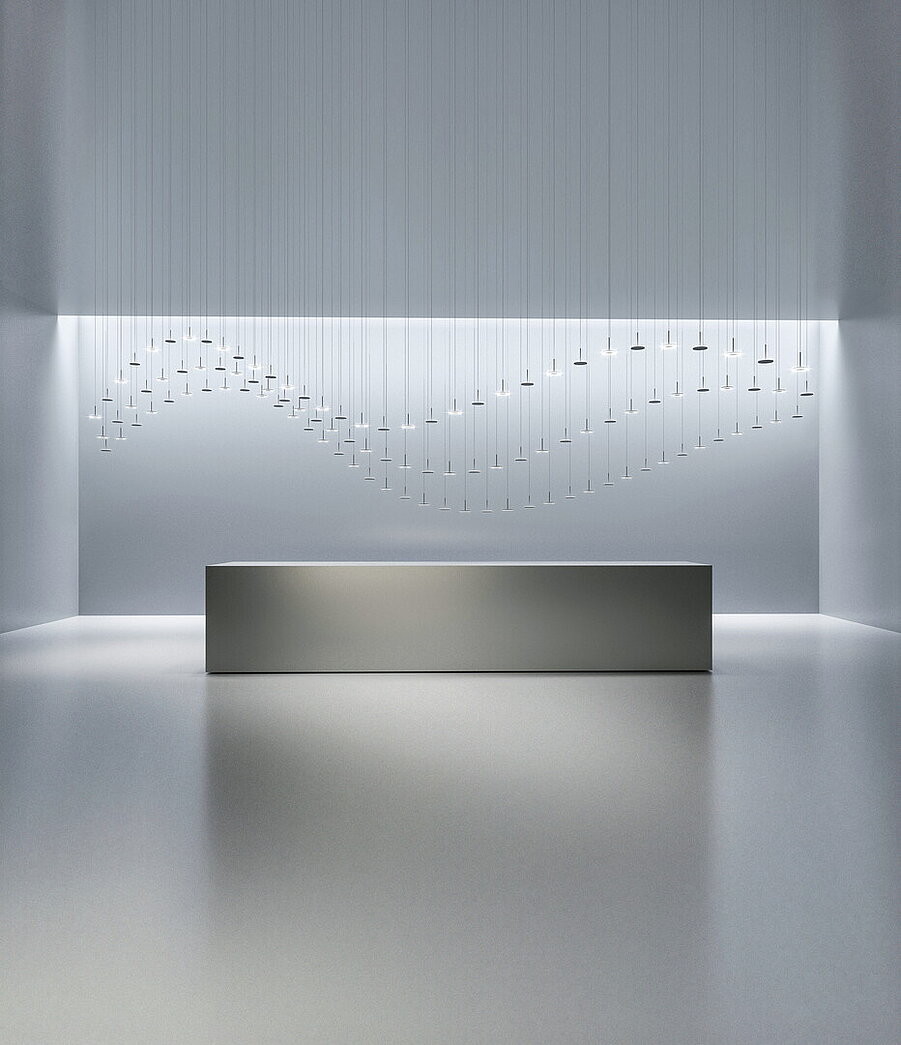
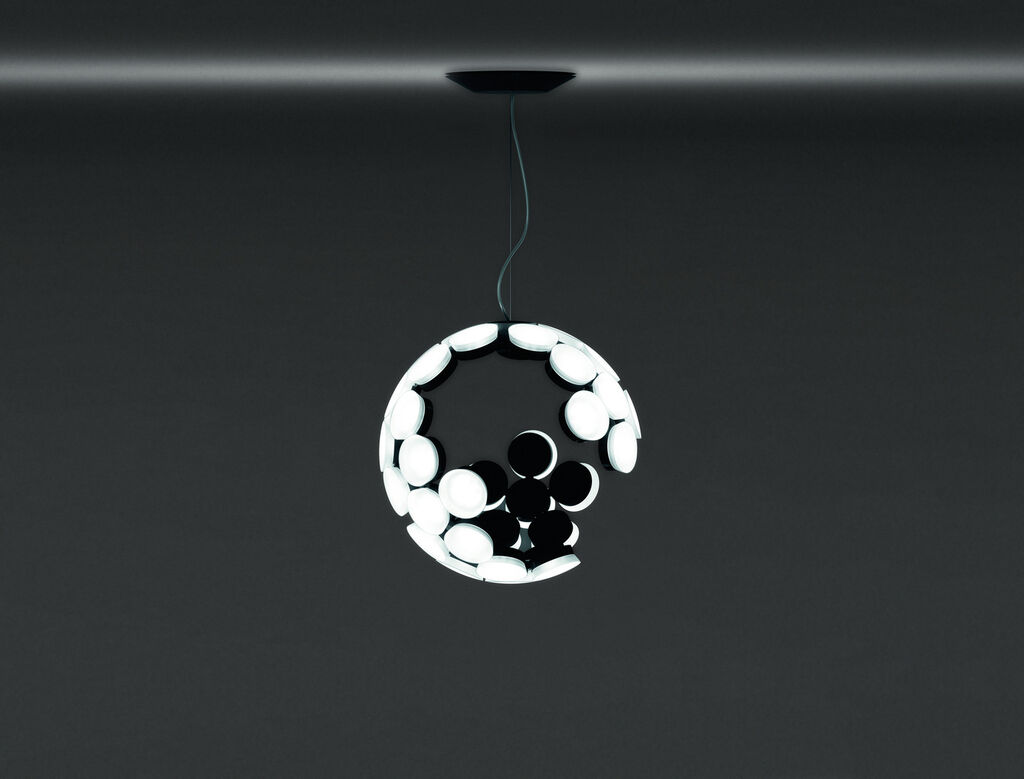
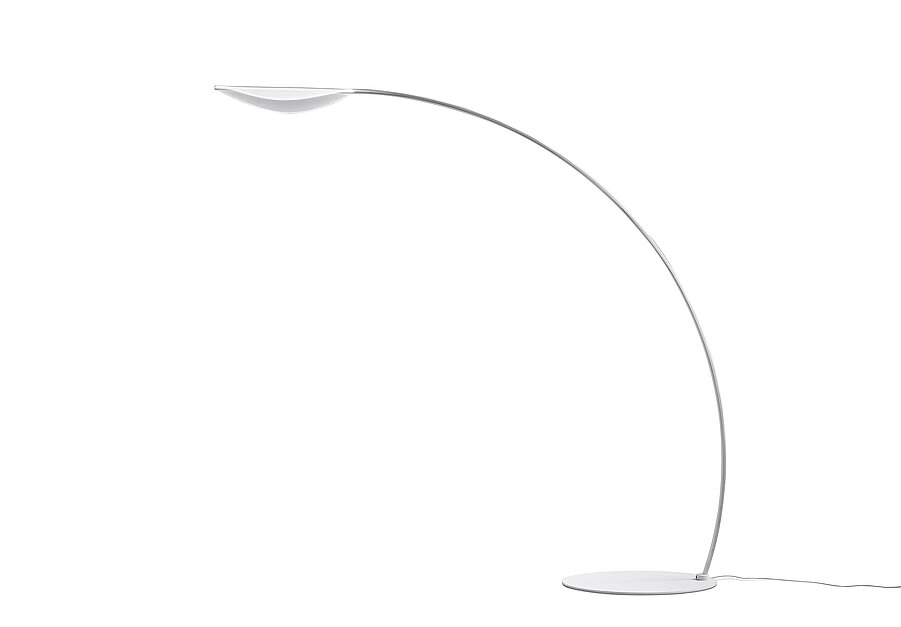
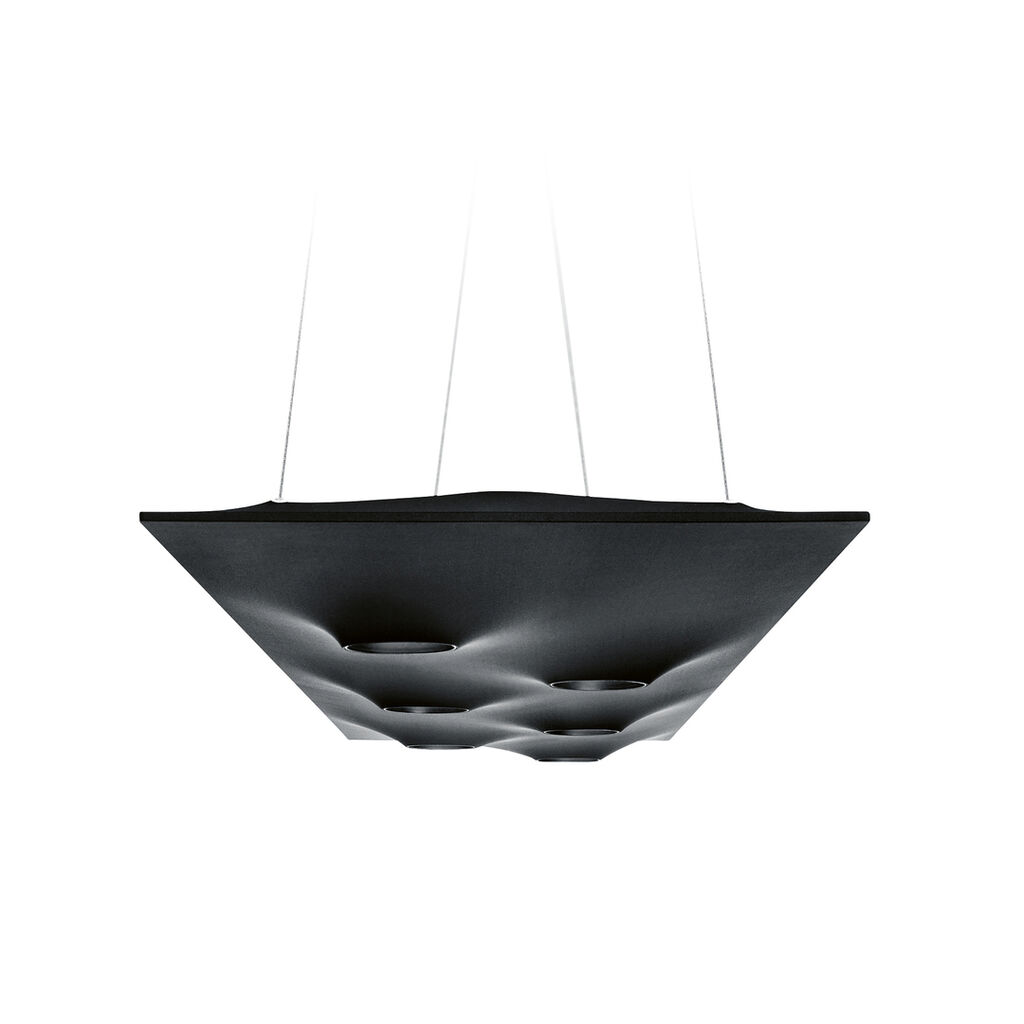
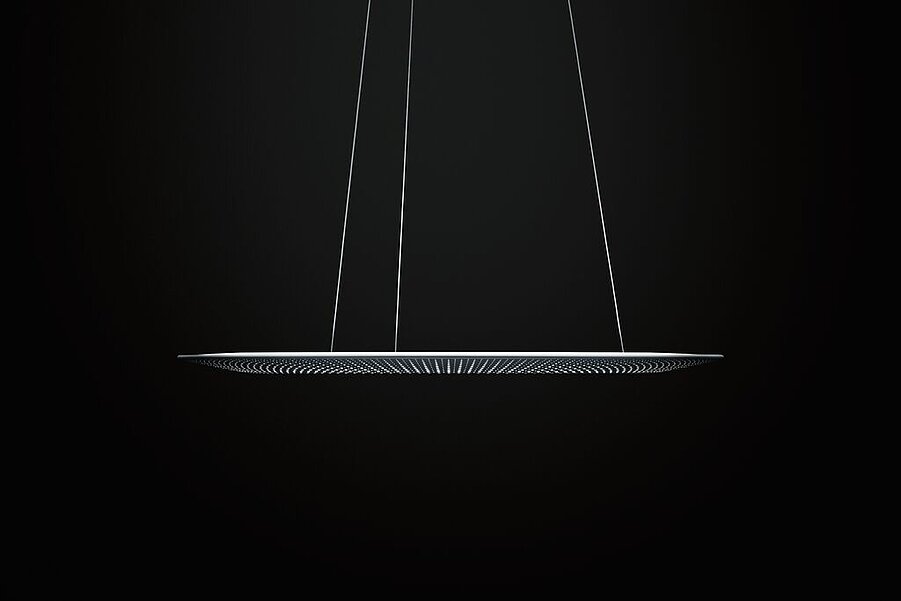
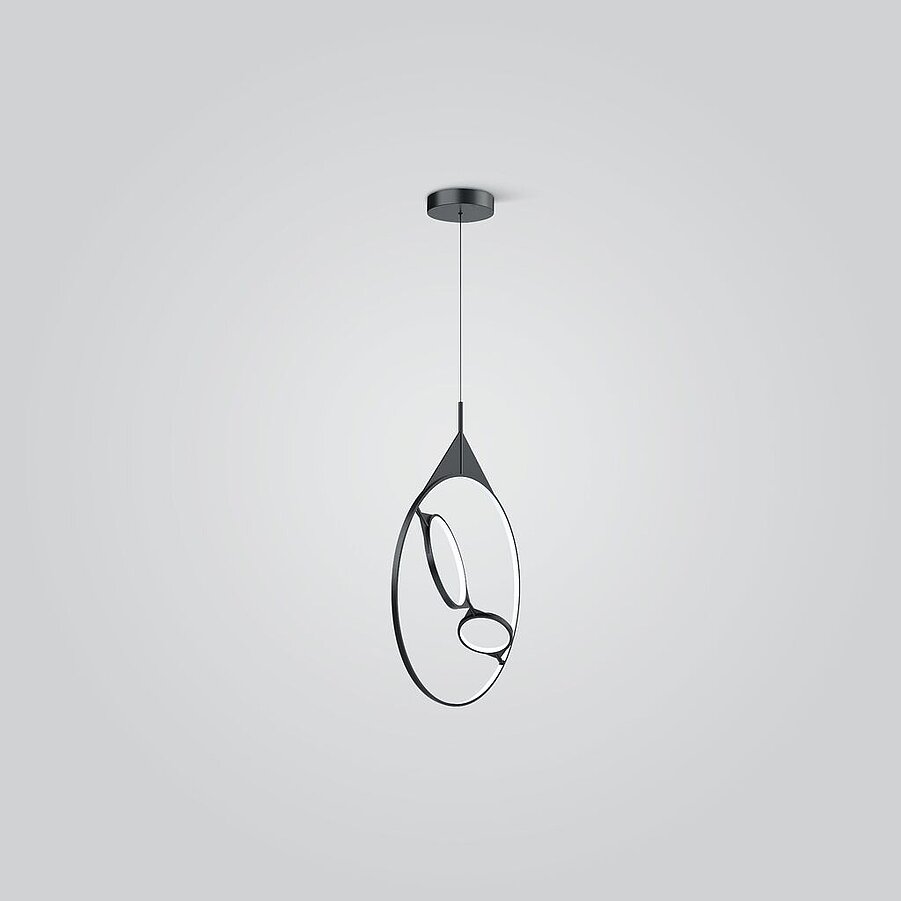
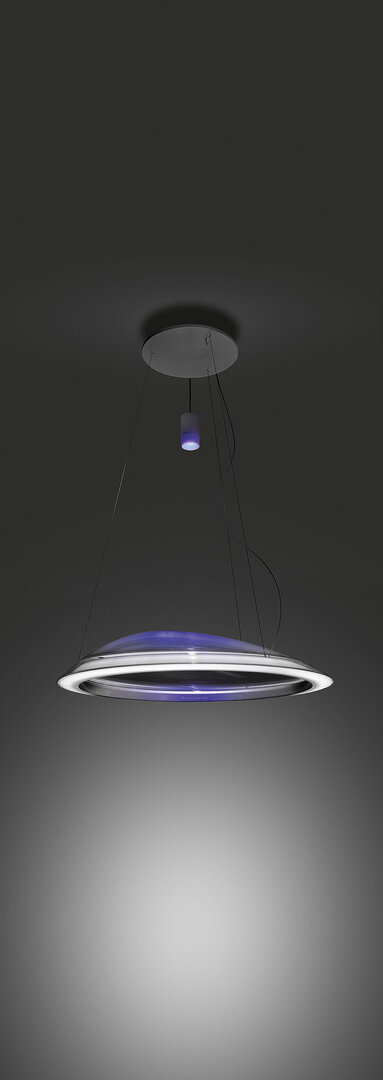
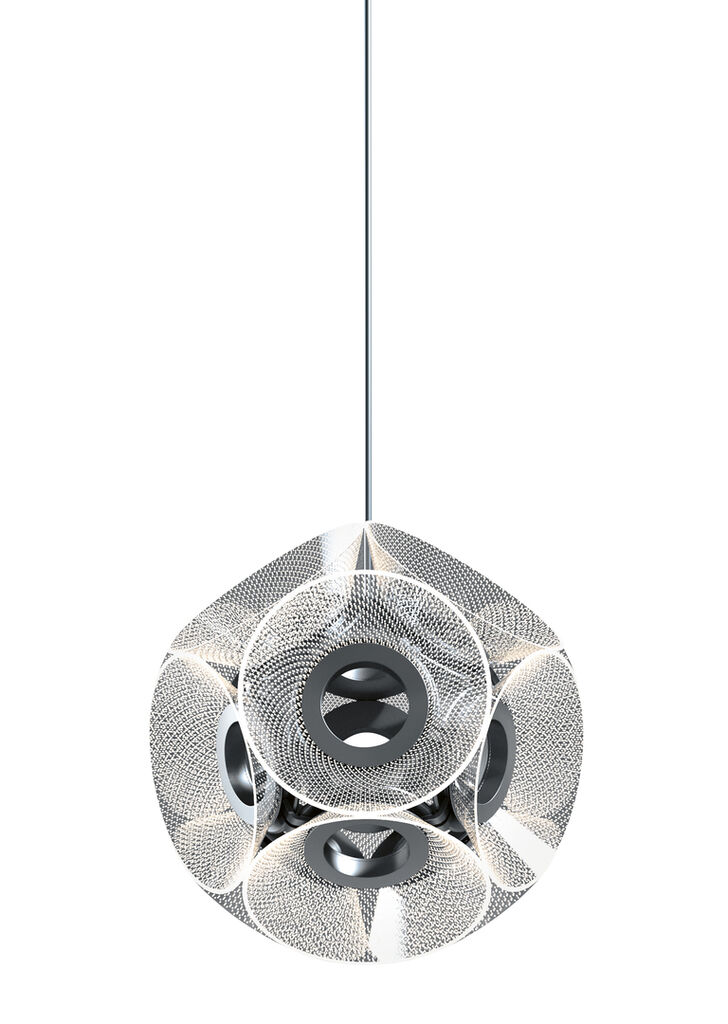
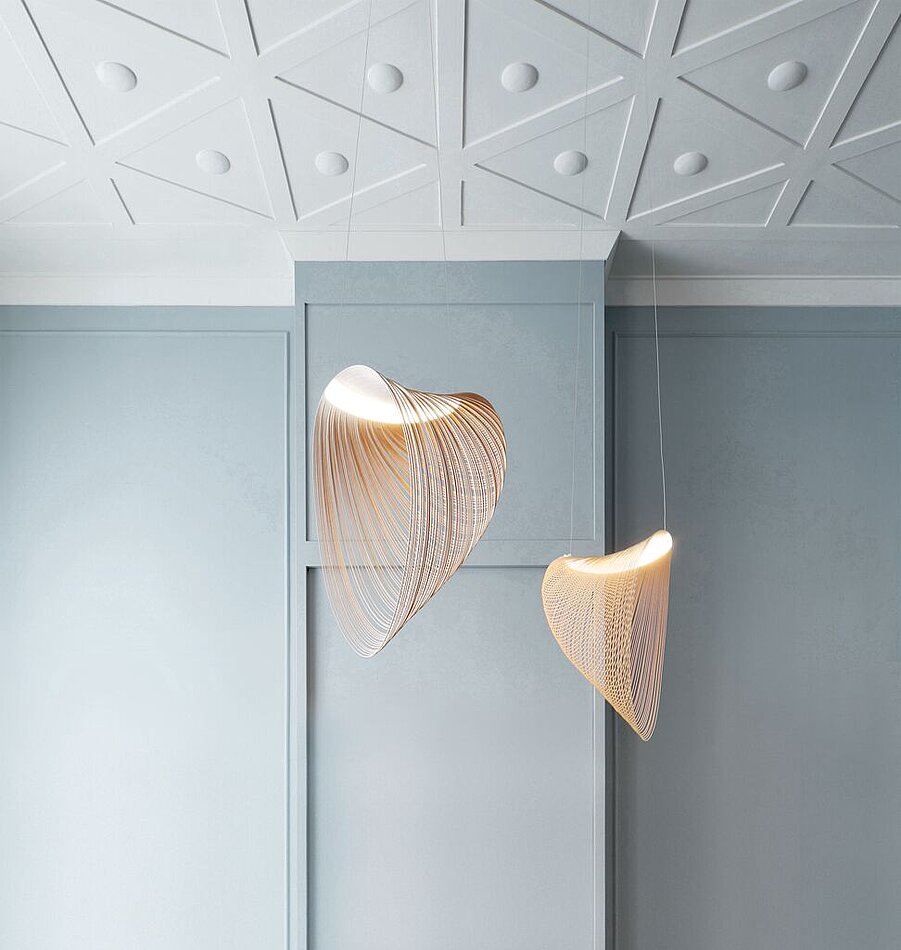
![[Translate to English:] [Translate to English:]](/fileadmin/_processed_/8/2/csm_20220923_Iconic_Chairs_Header_Image_Tonon_Fl%40t_Black_Wall_01_f2b907011c.jpg)
